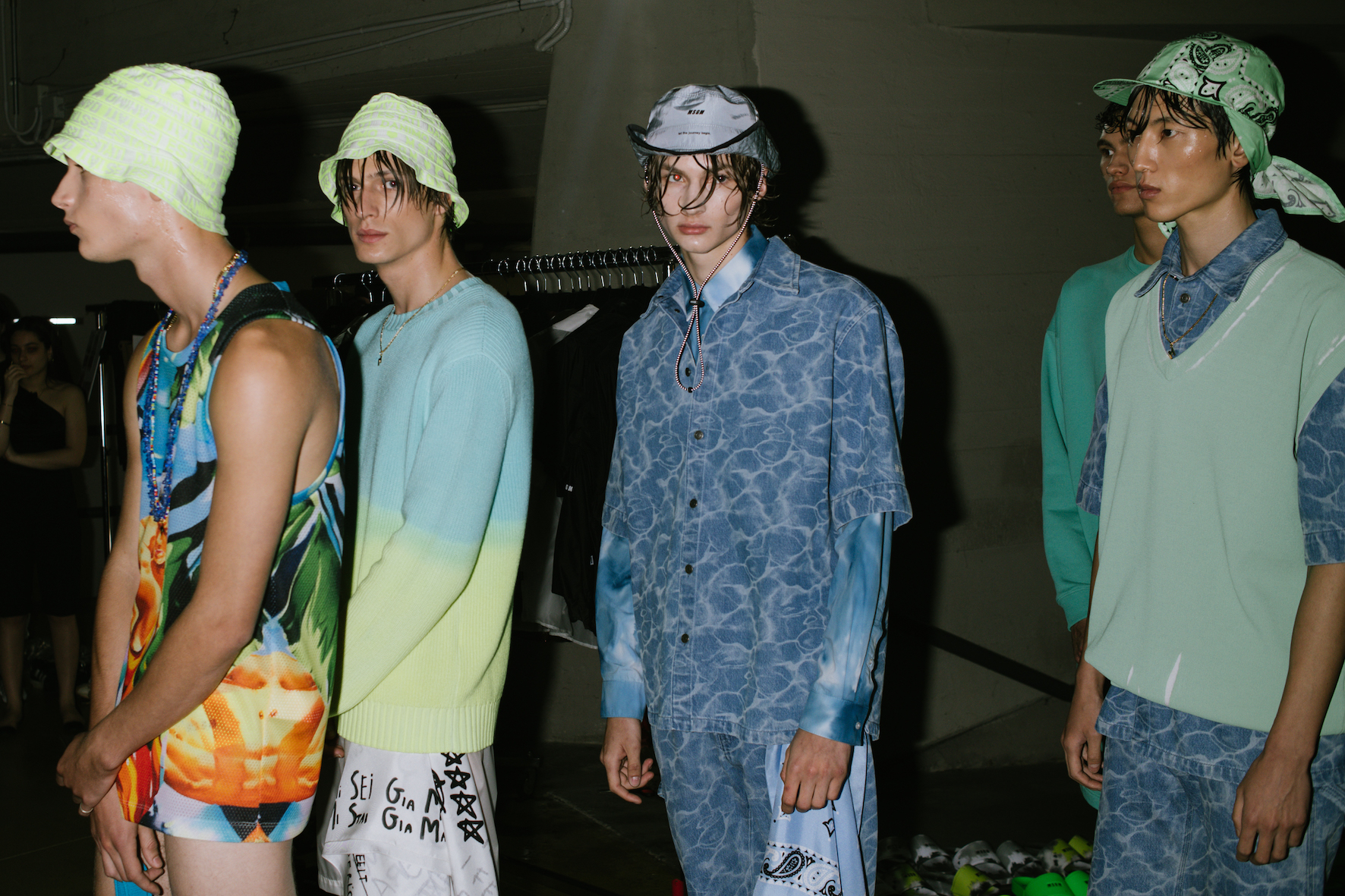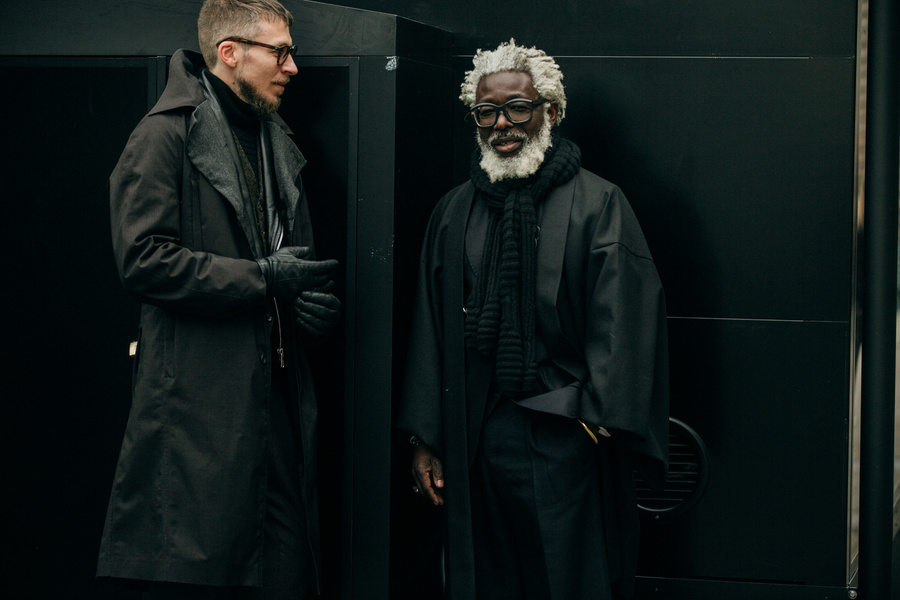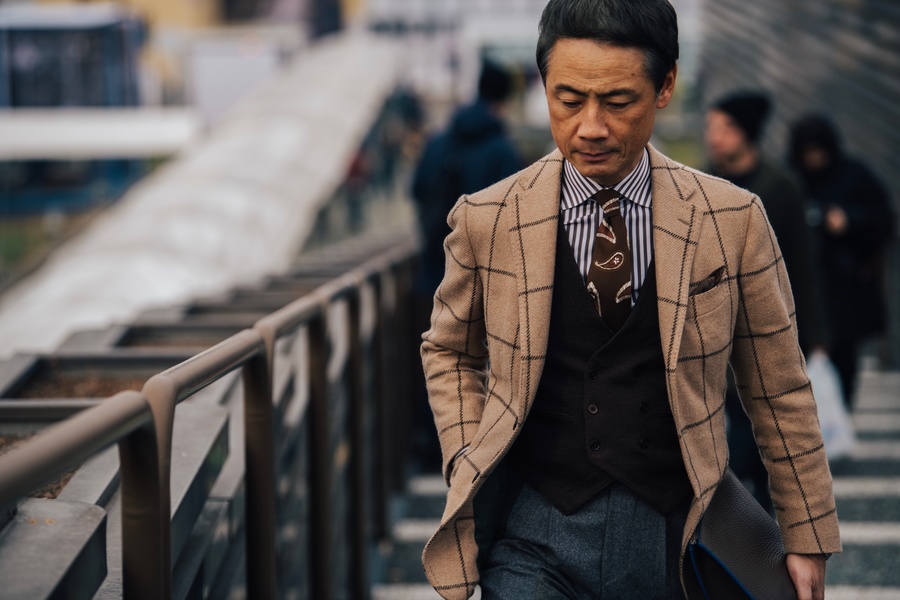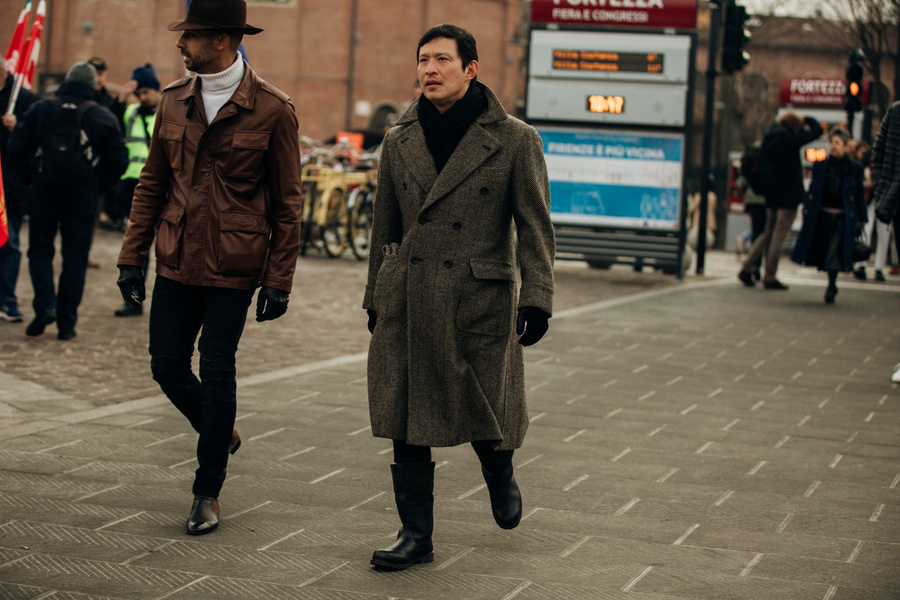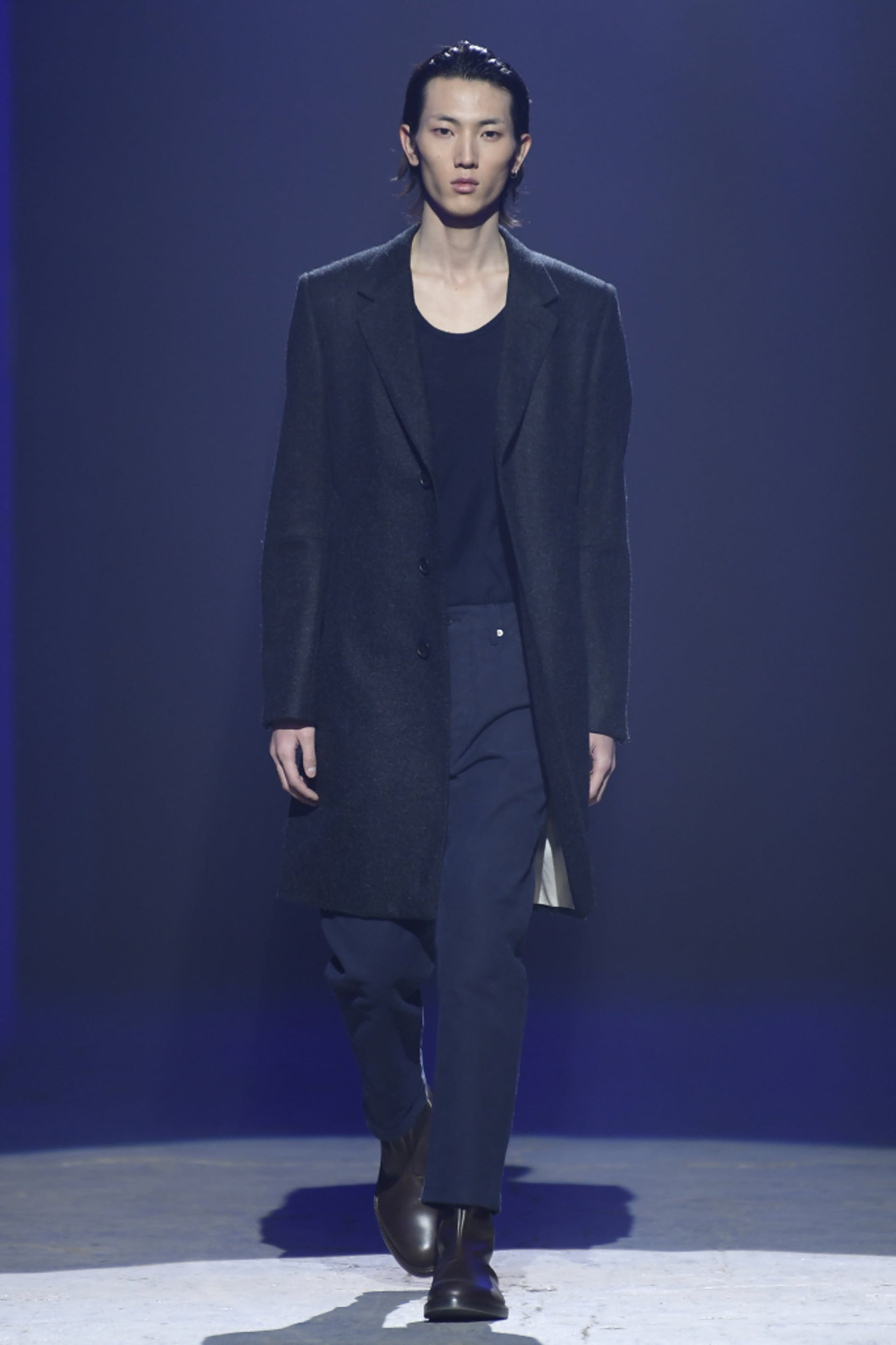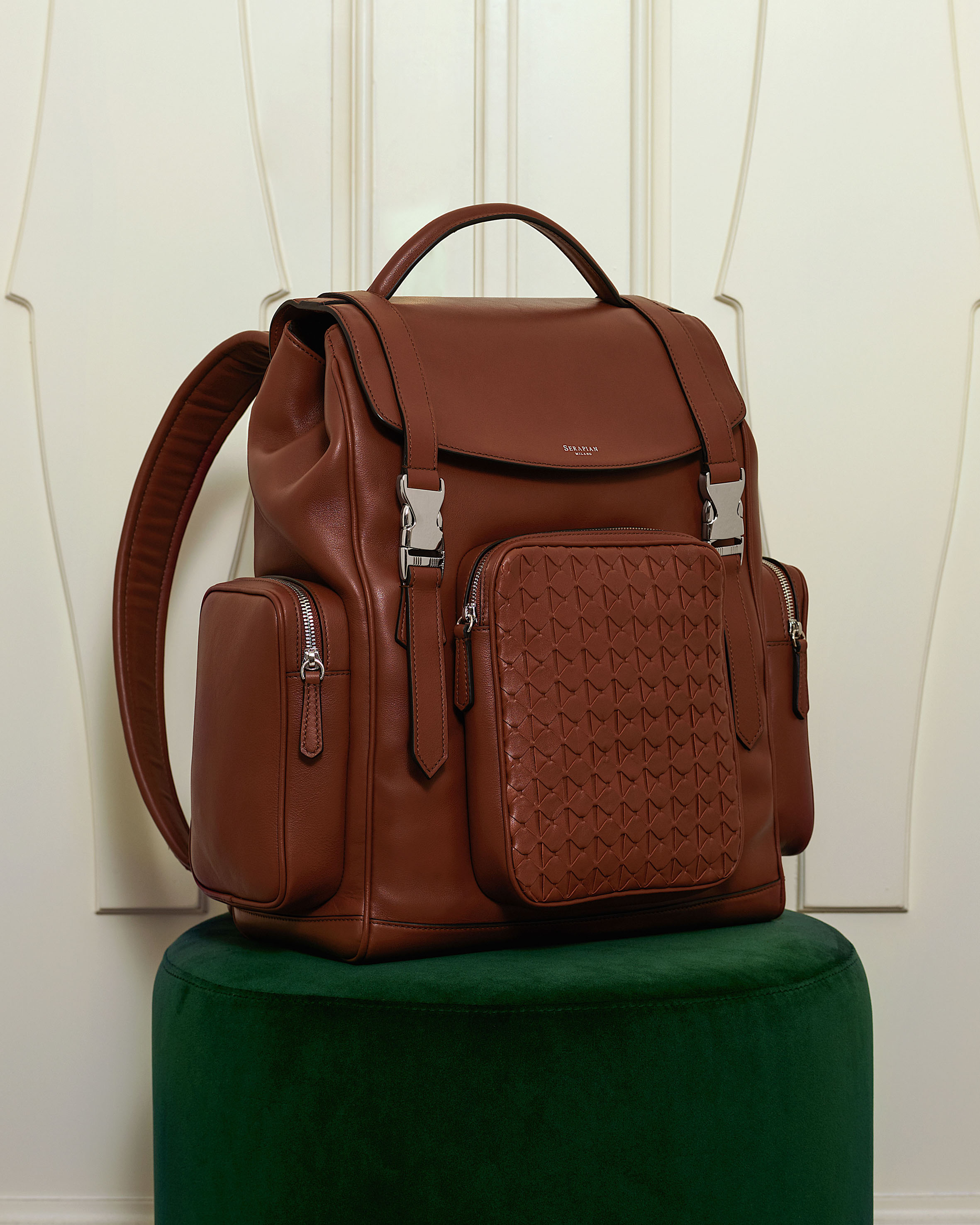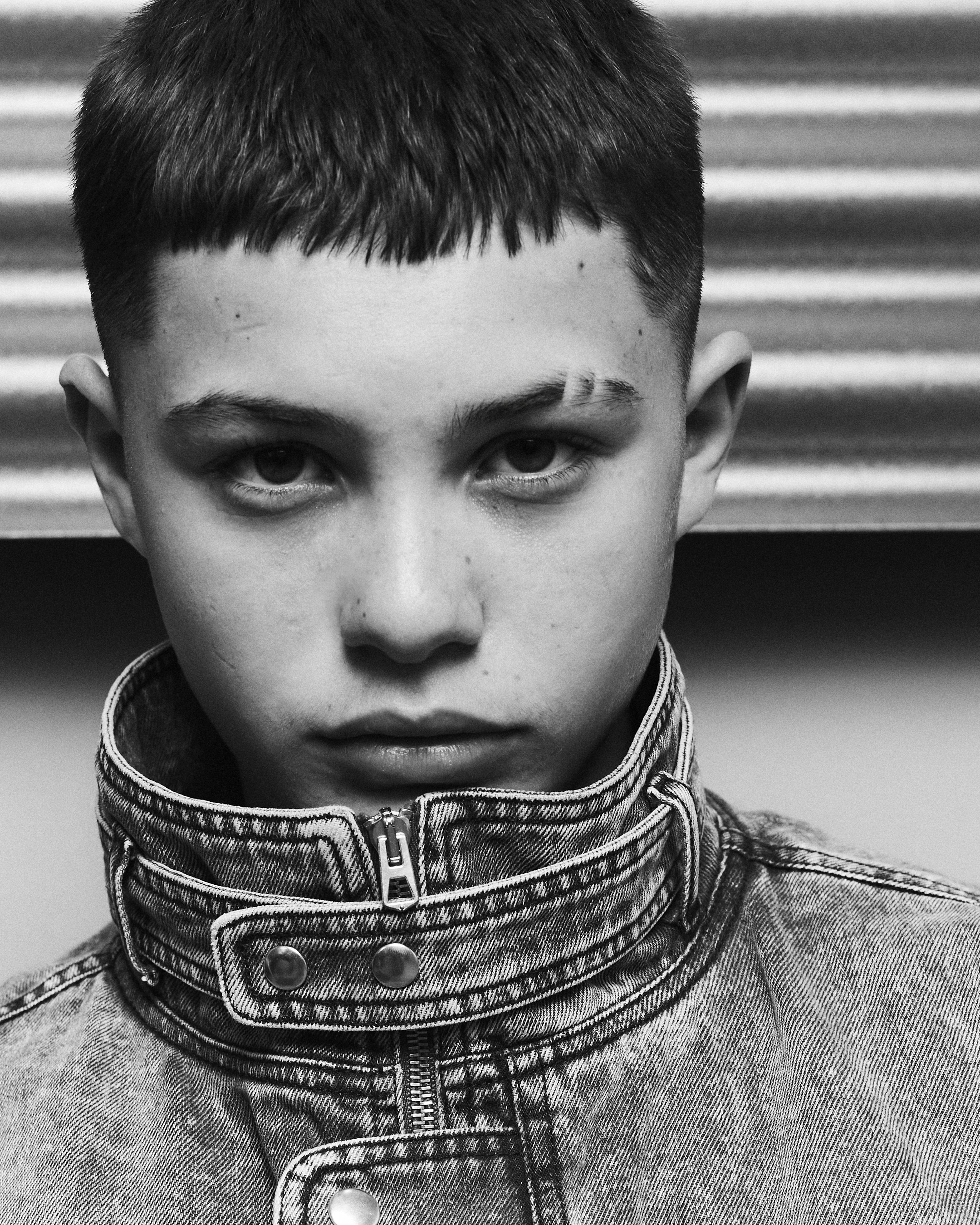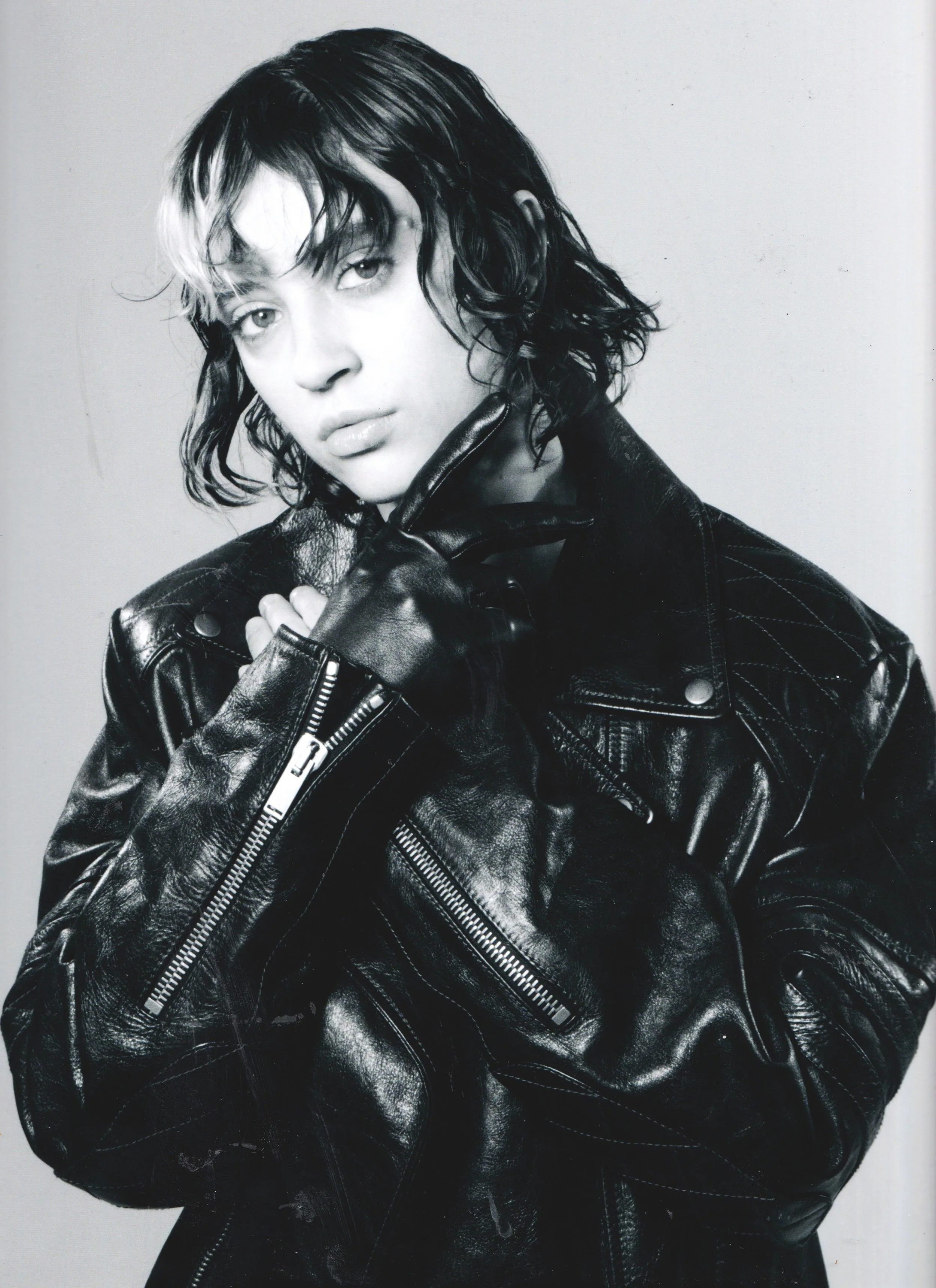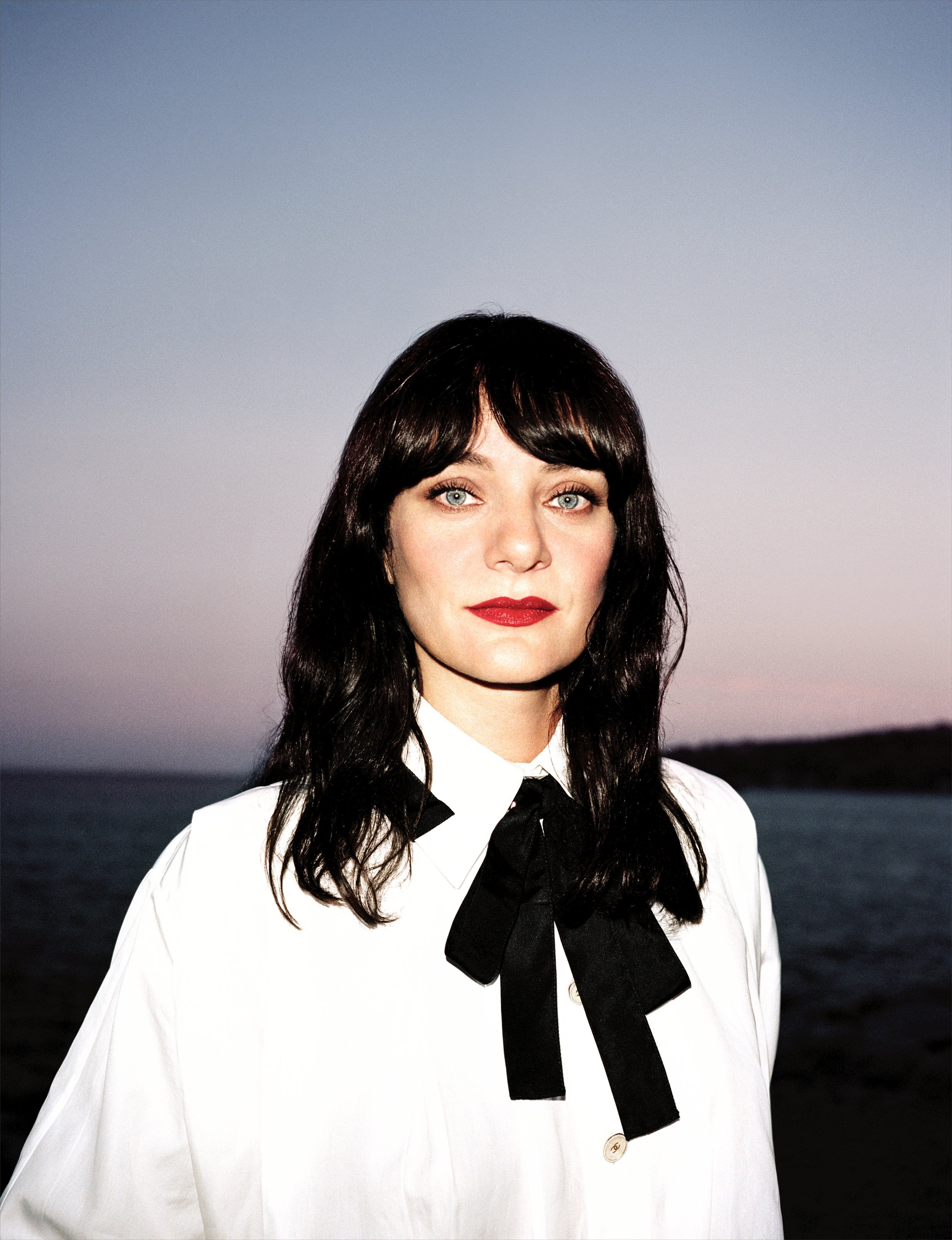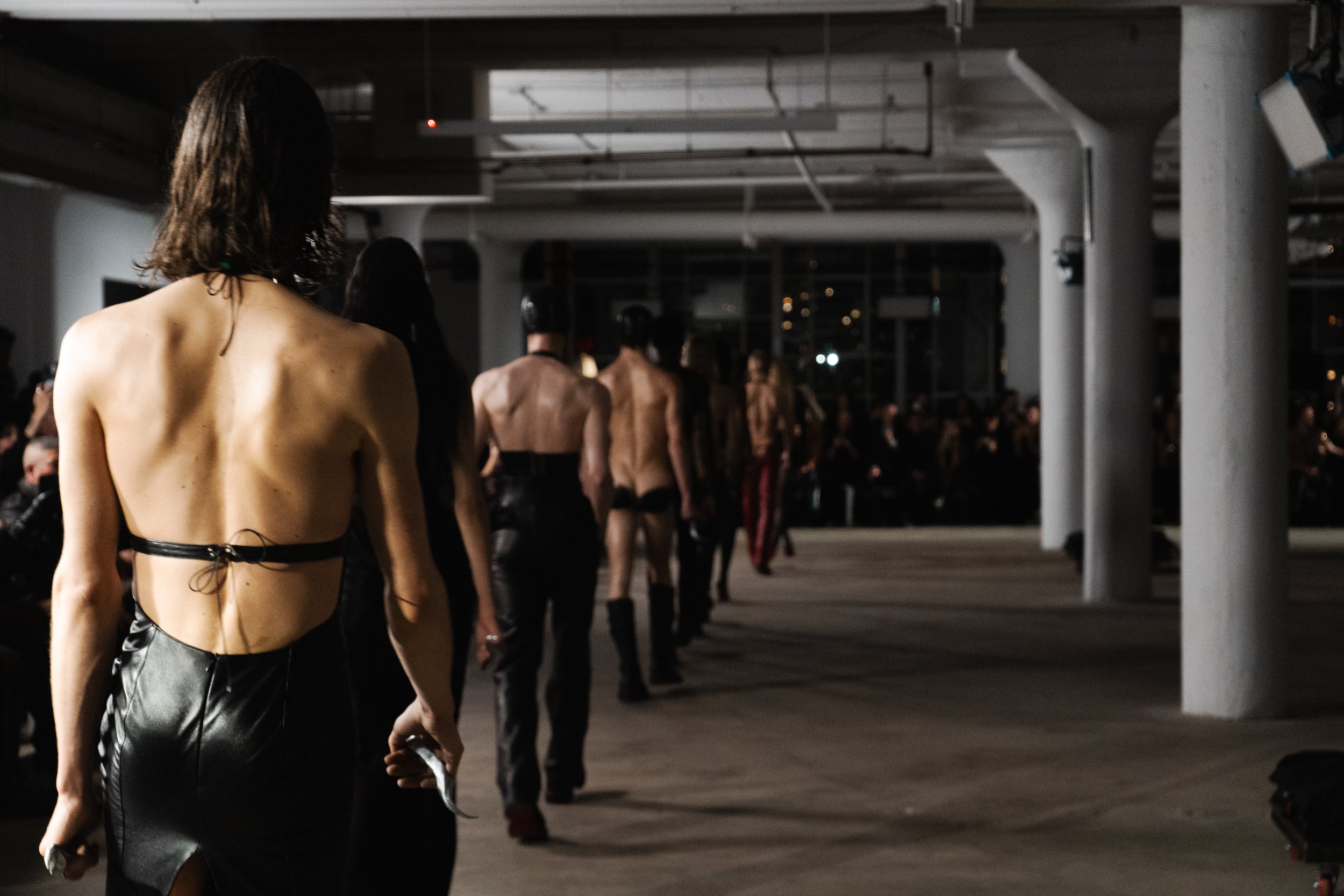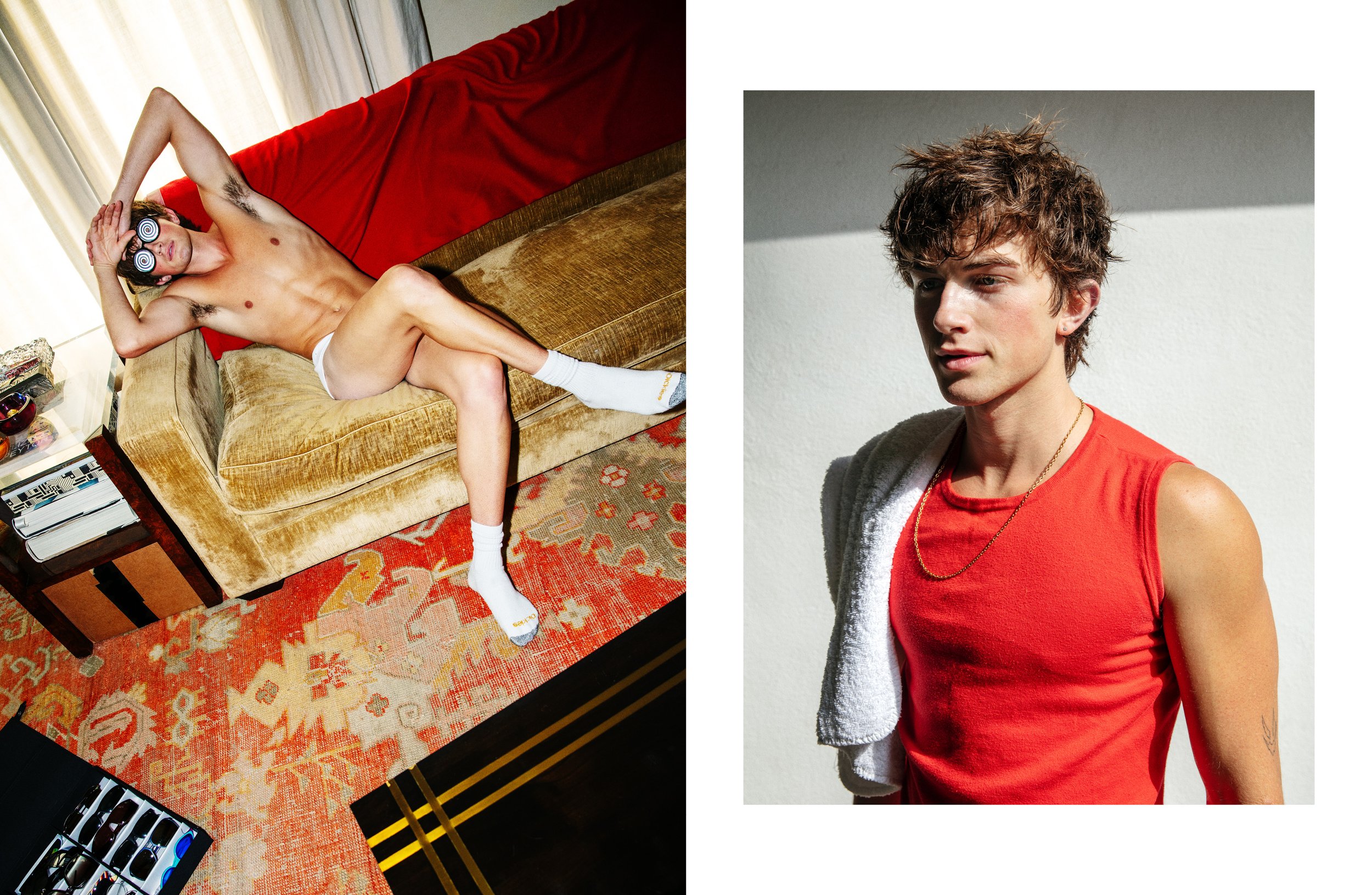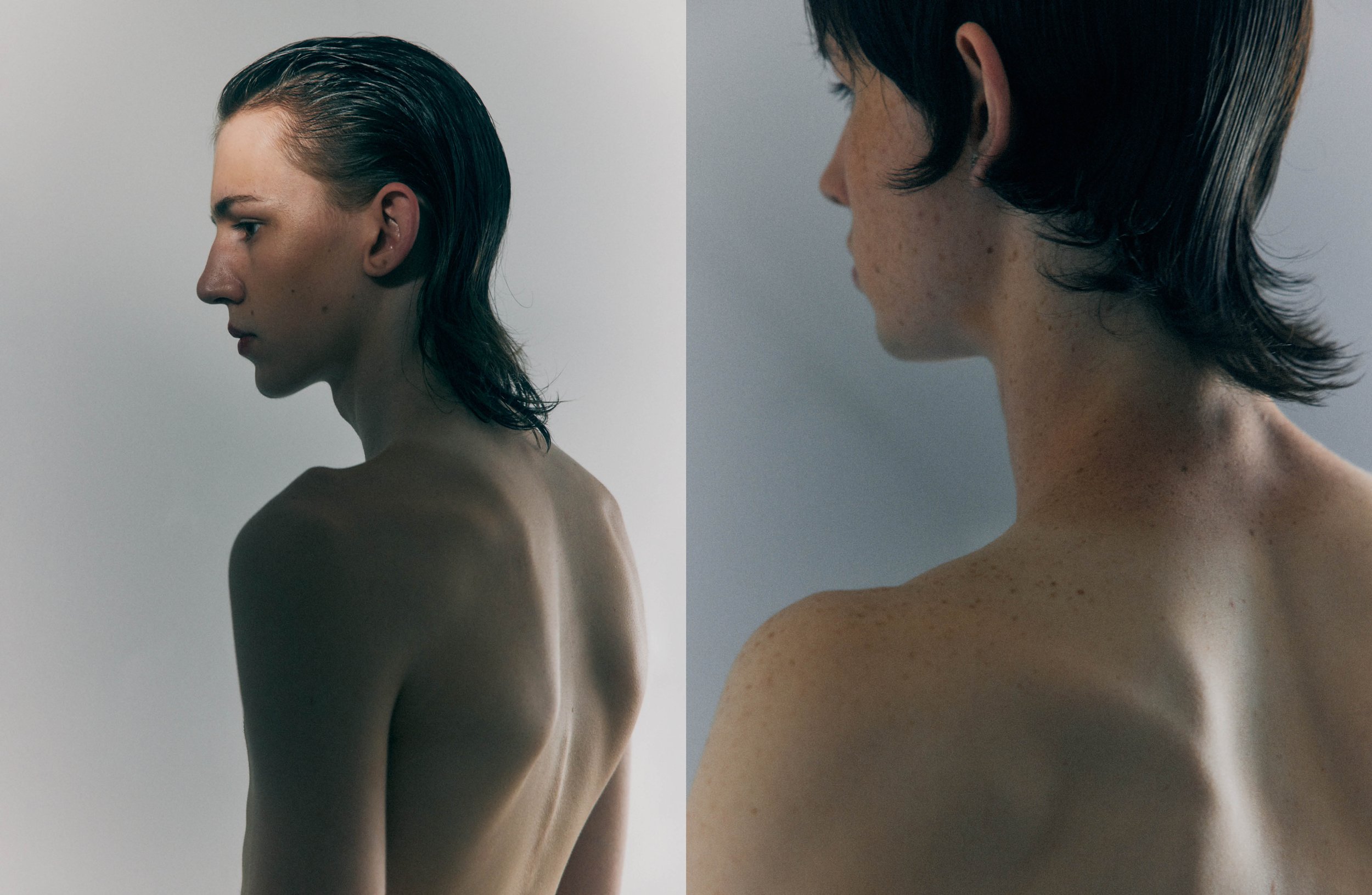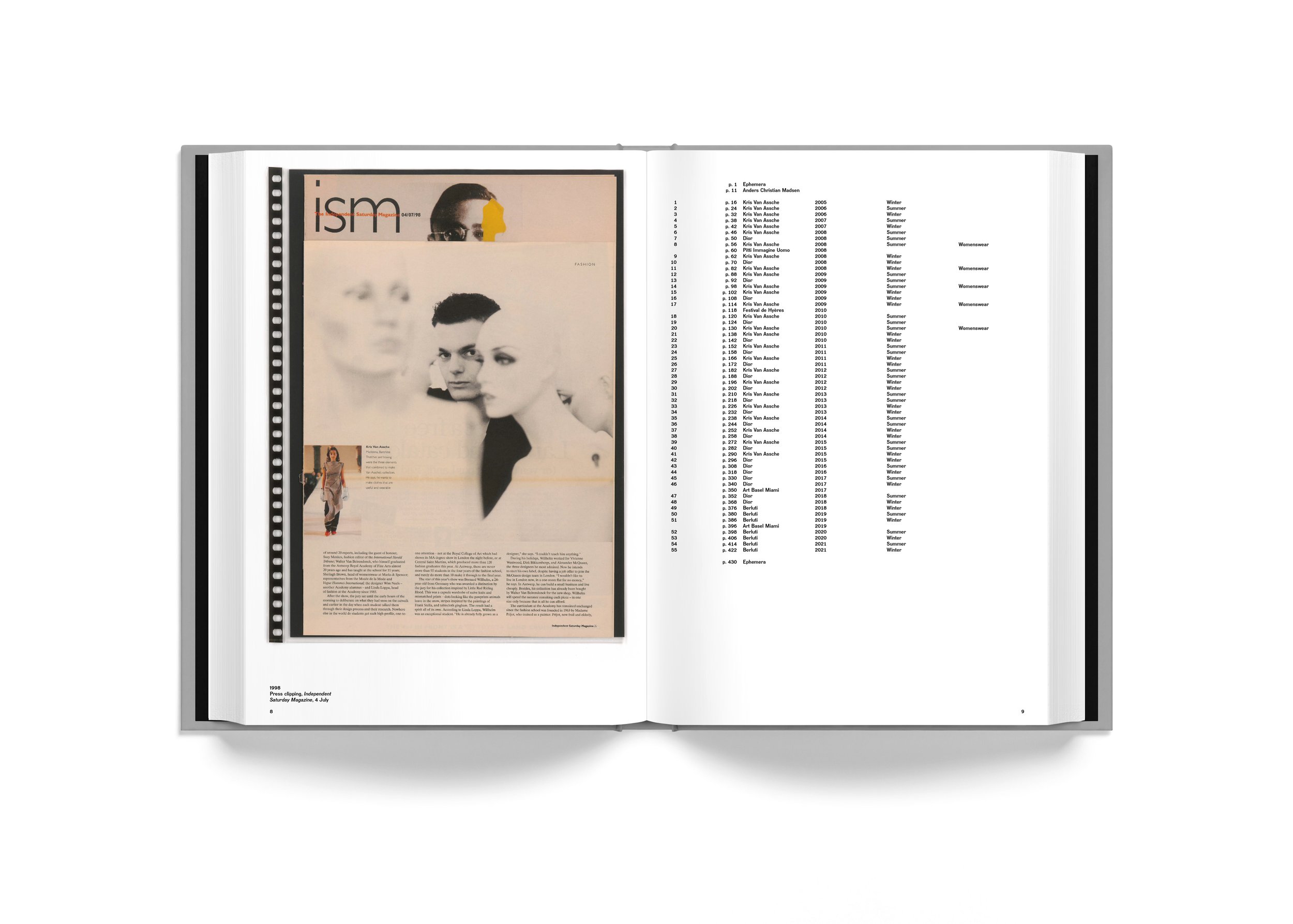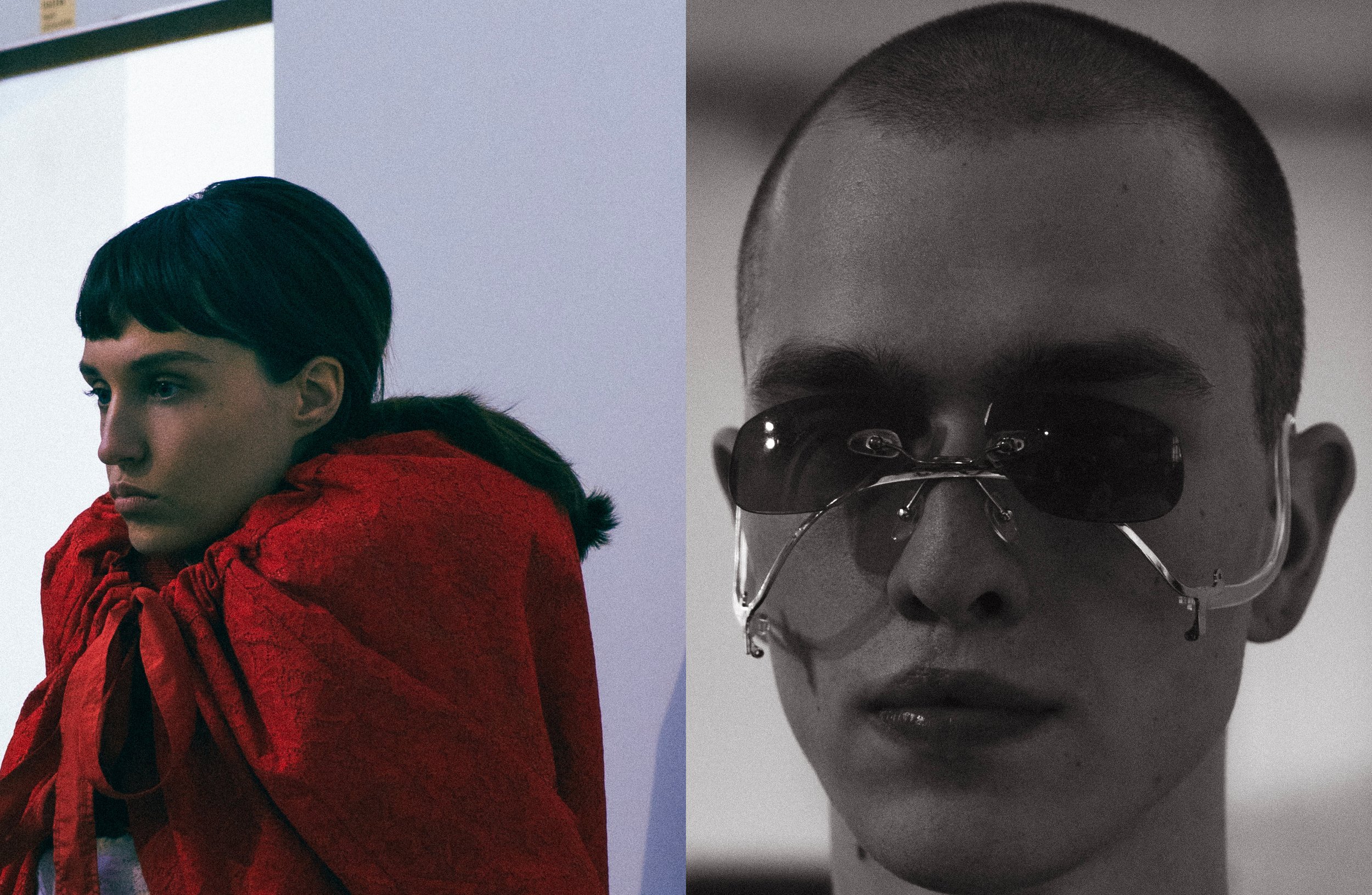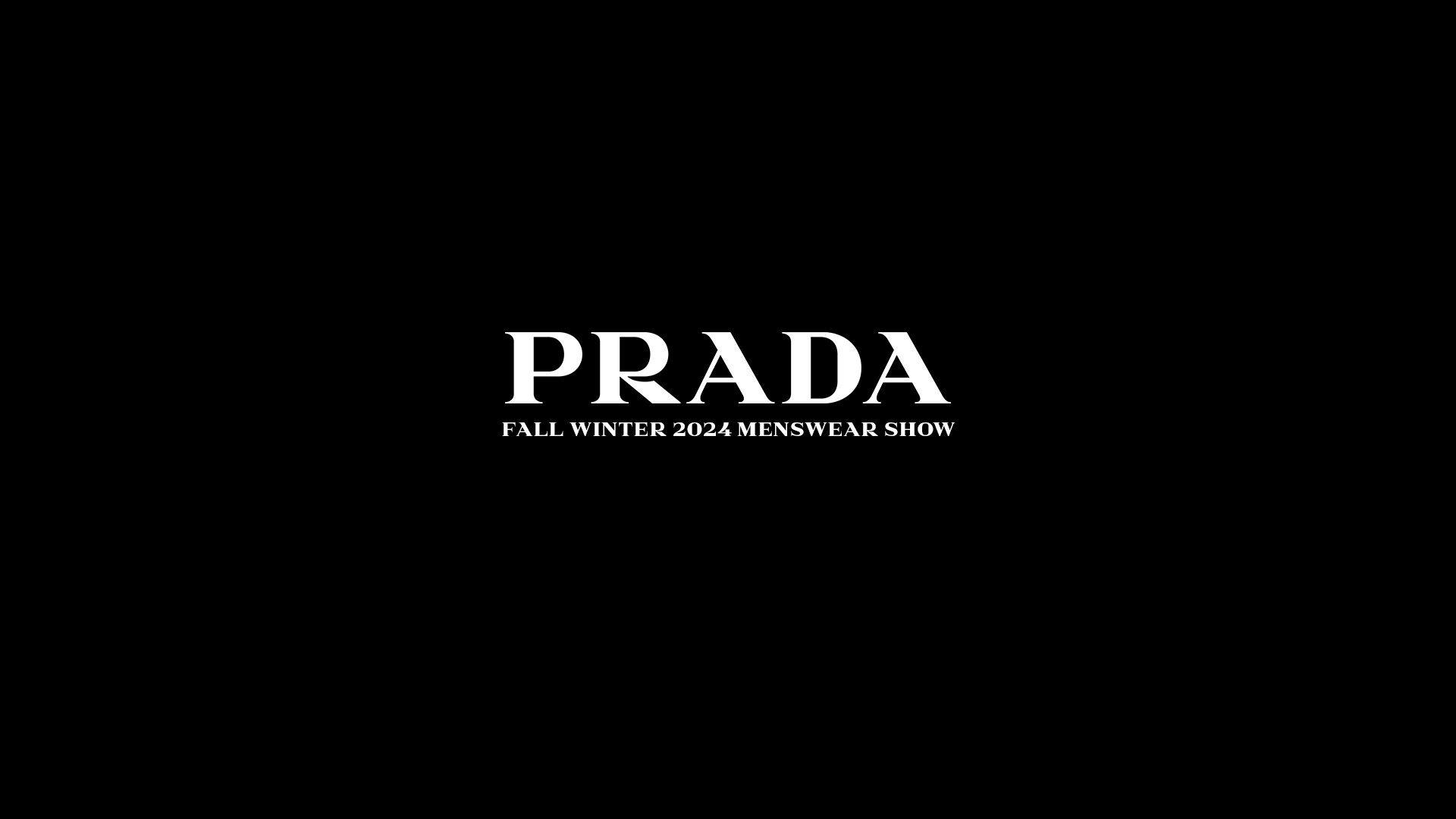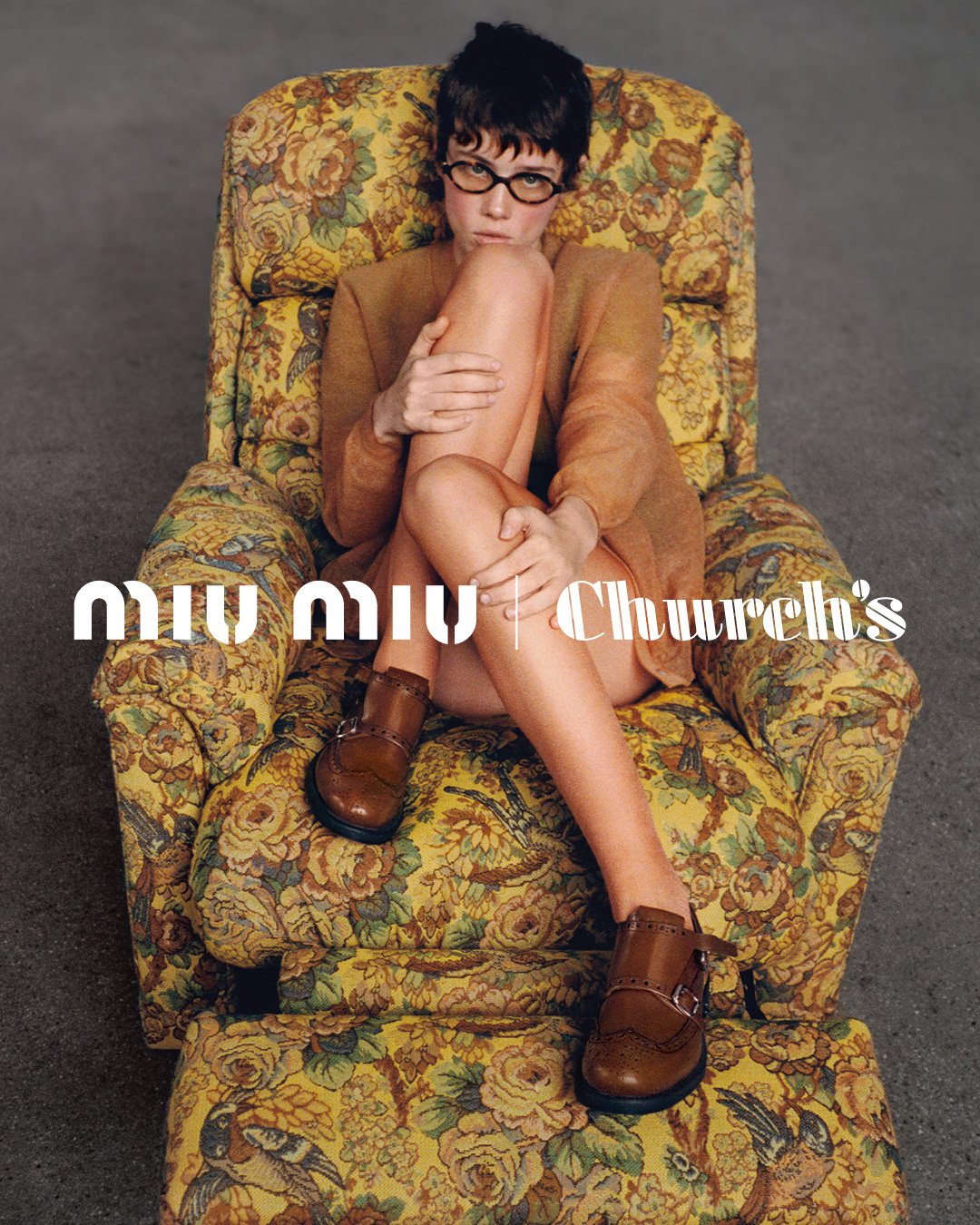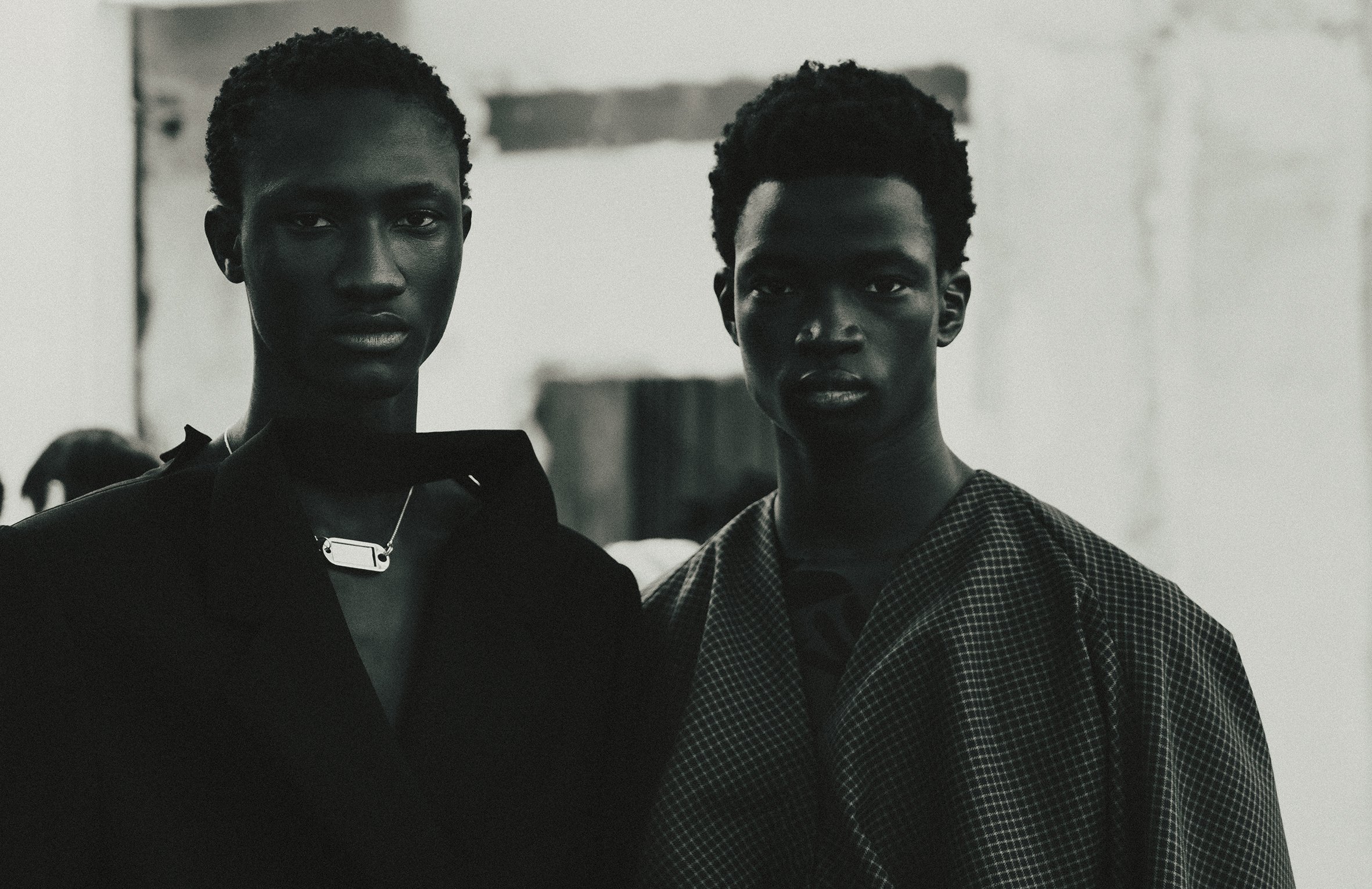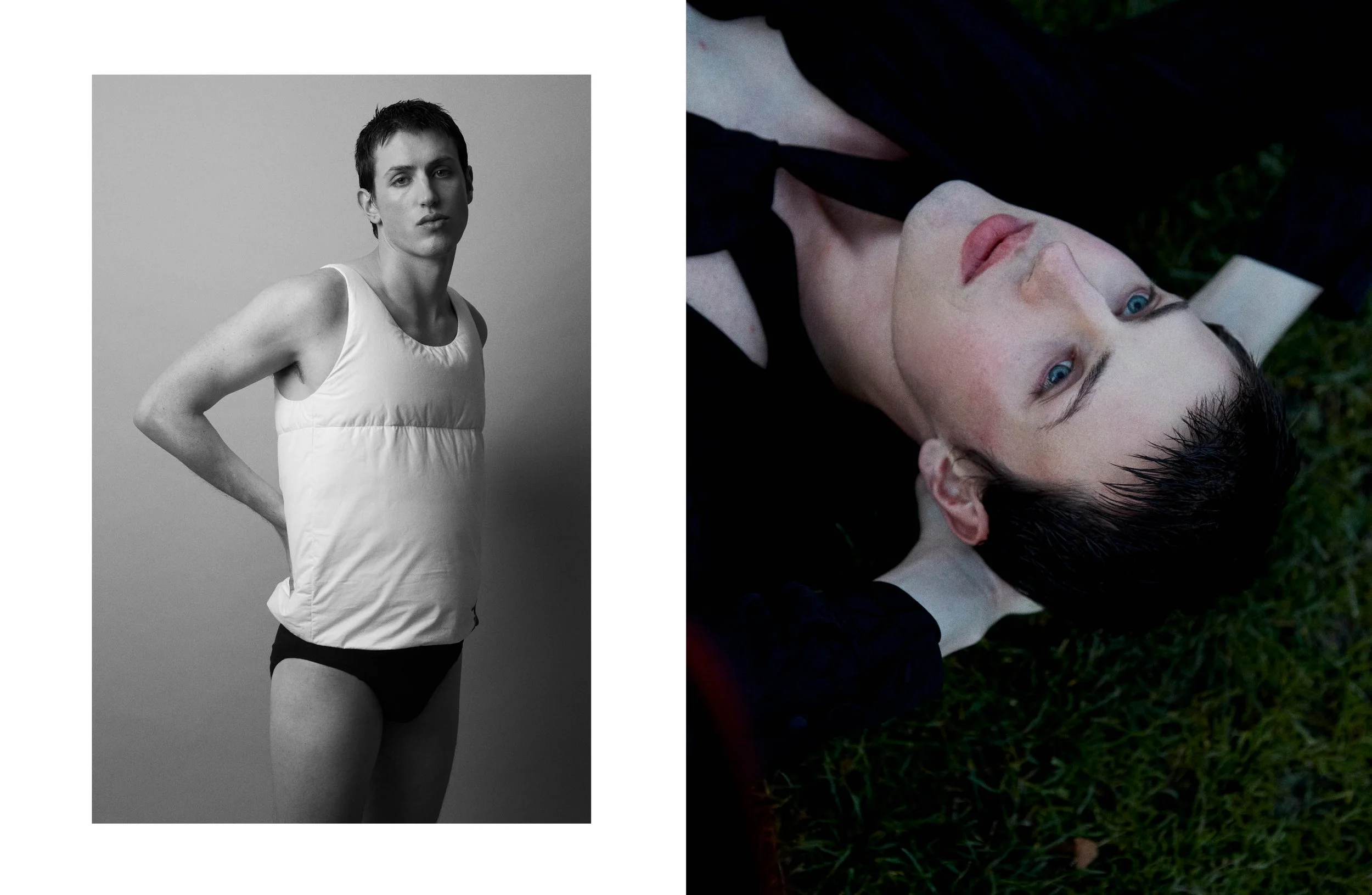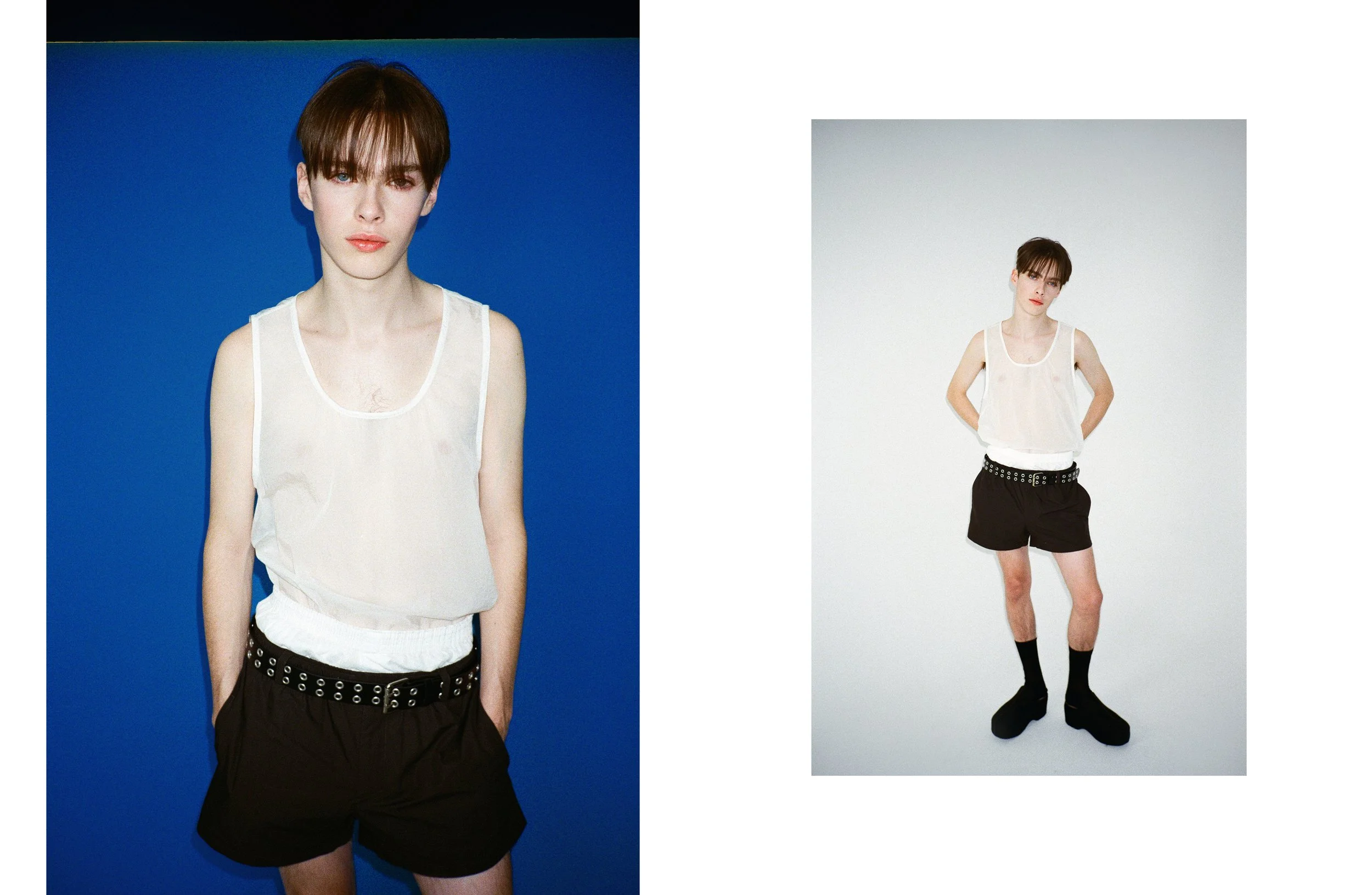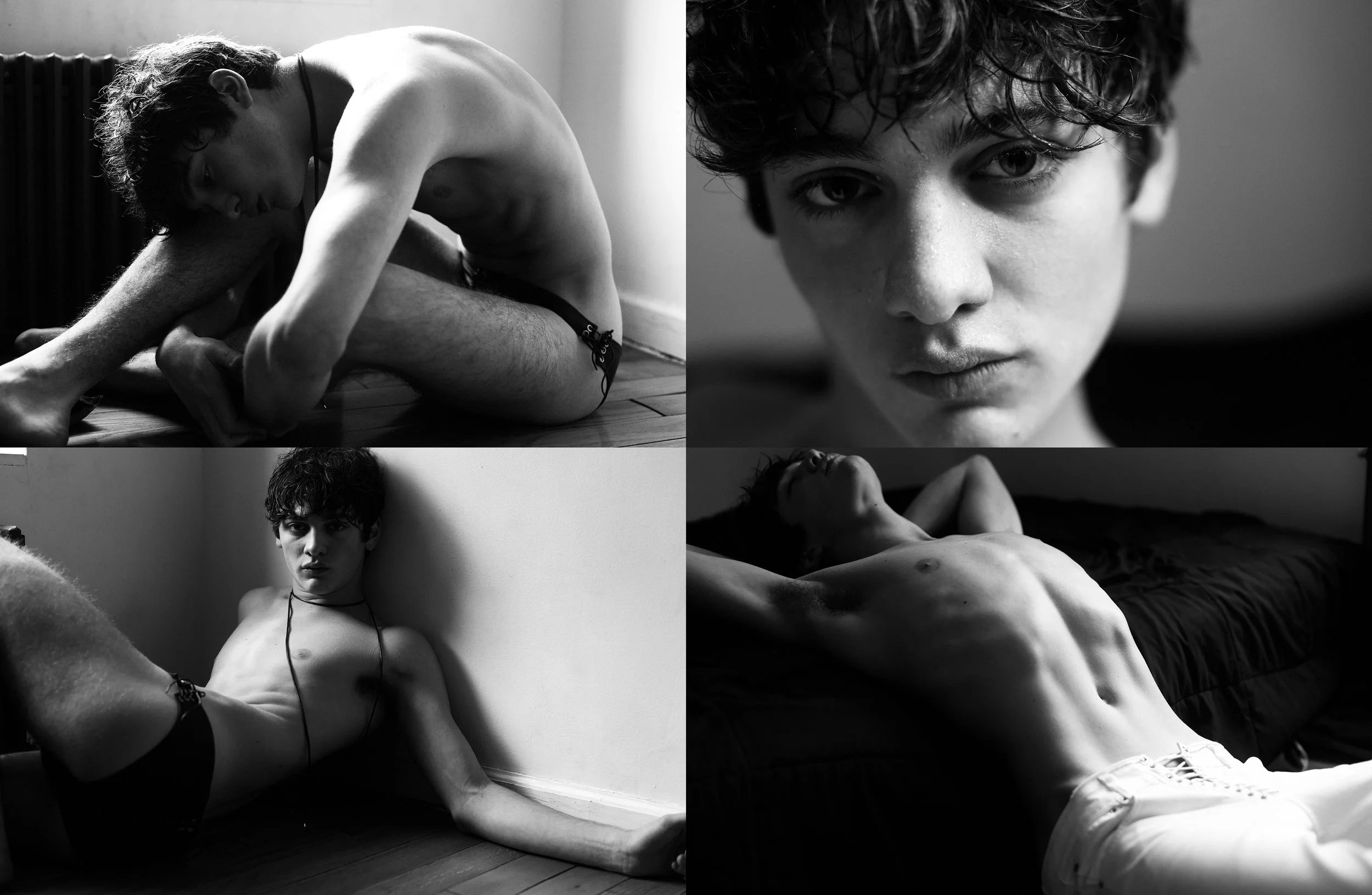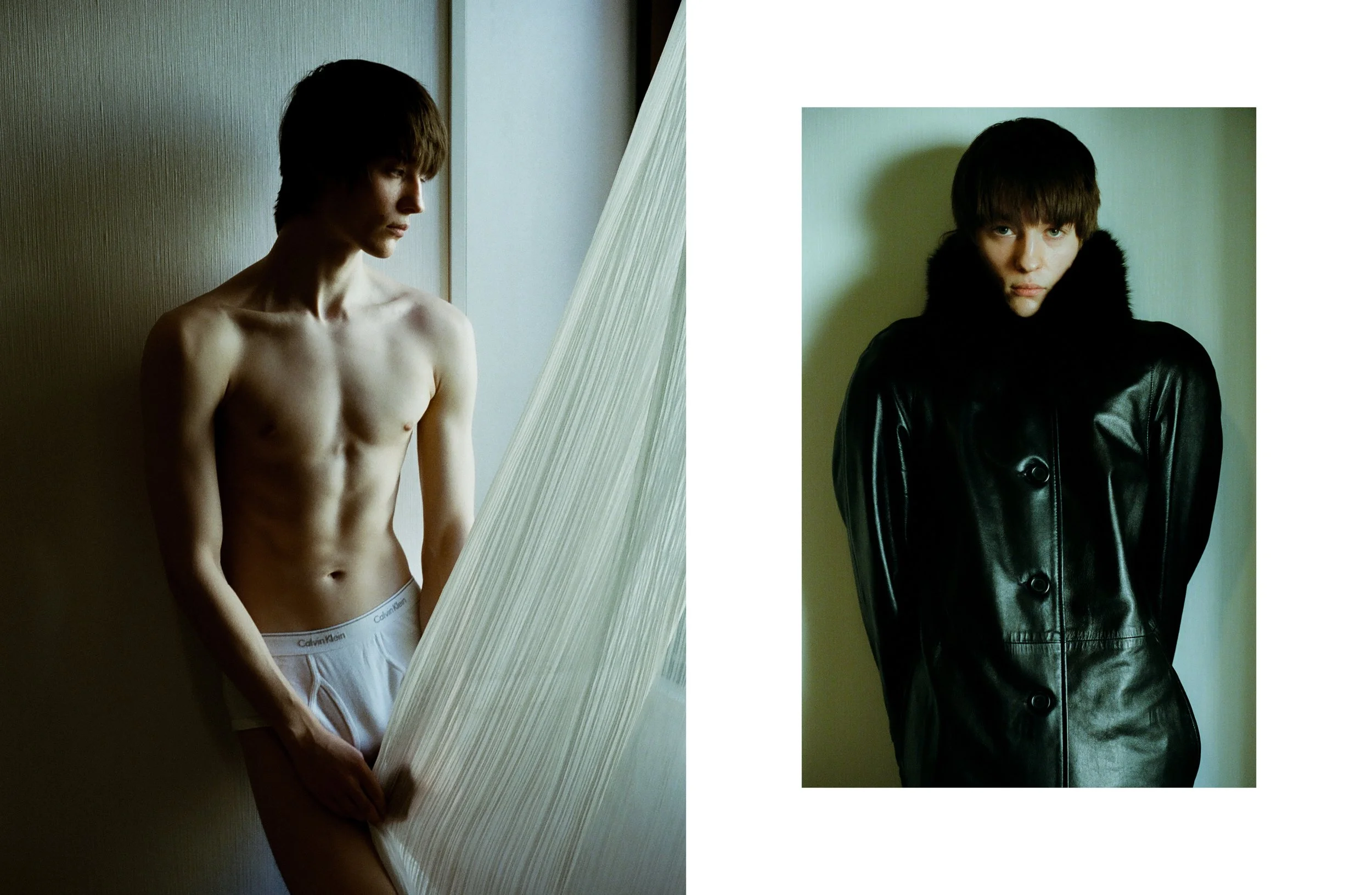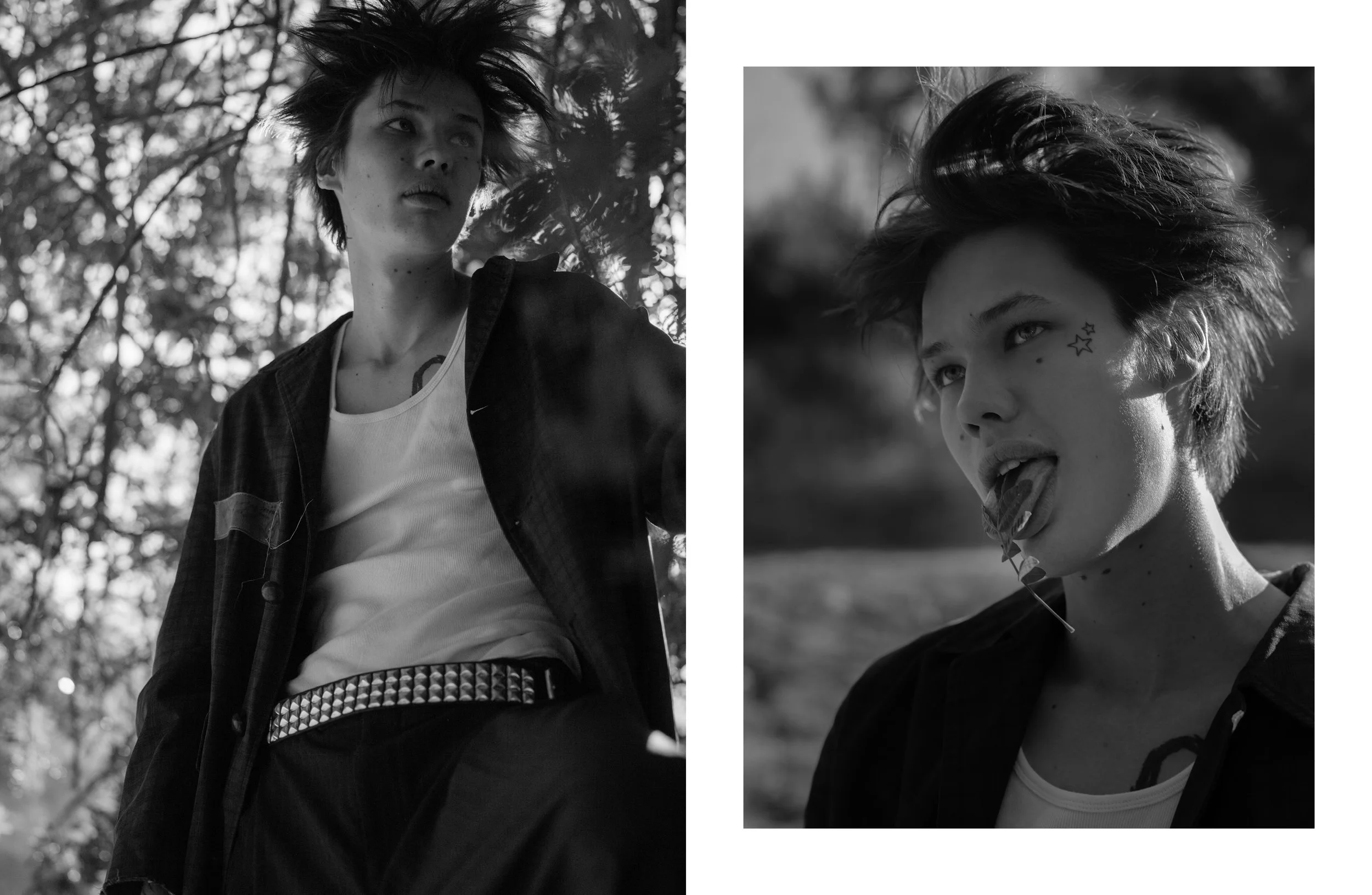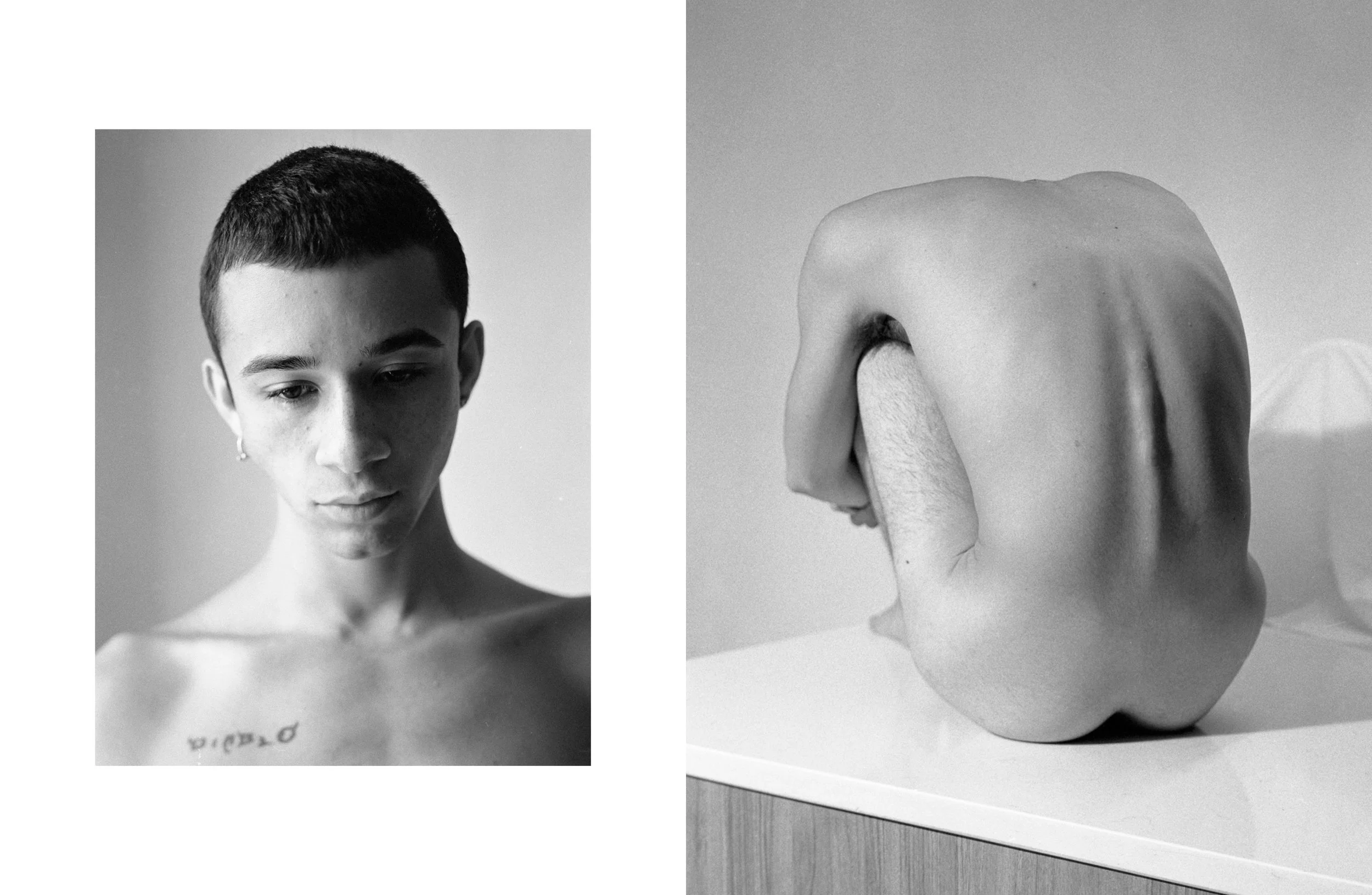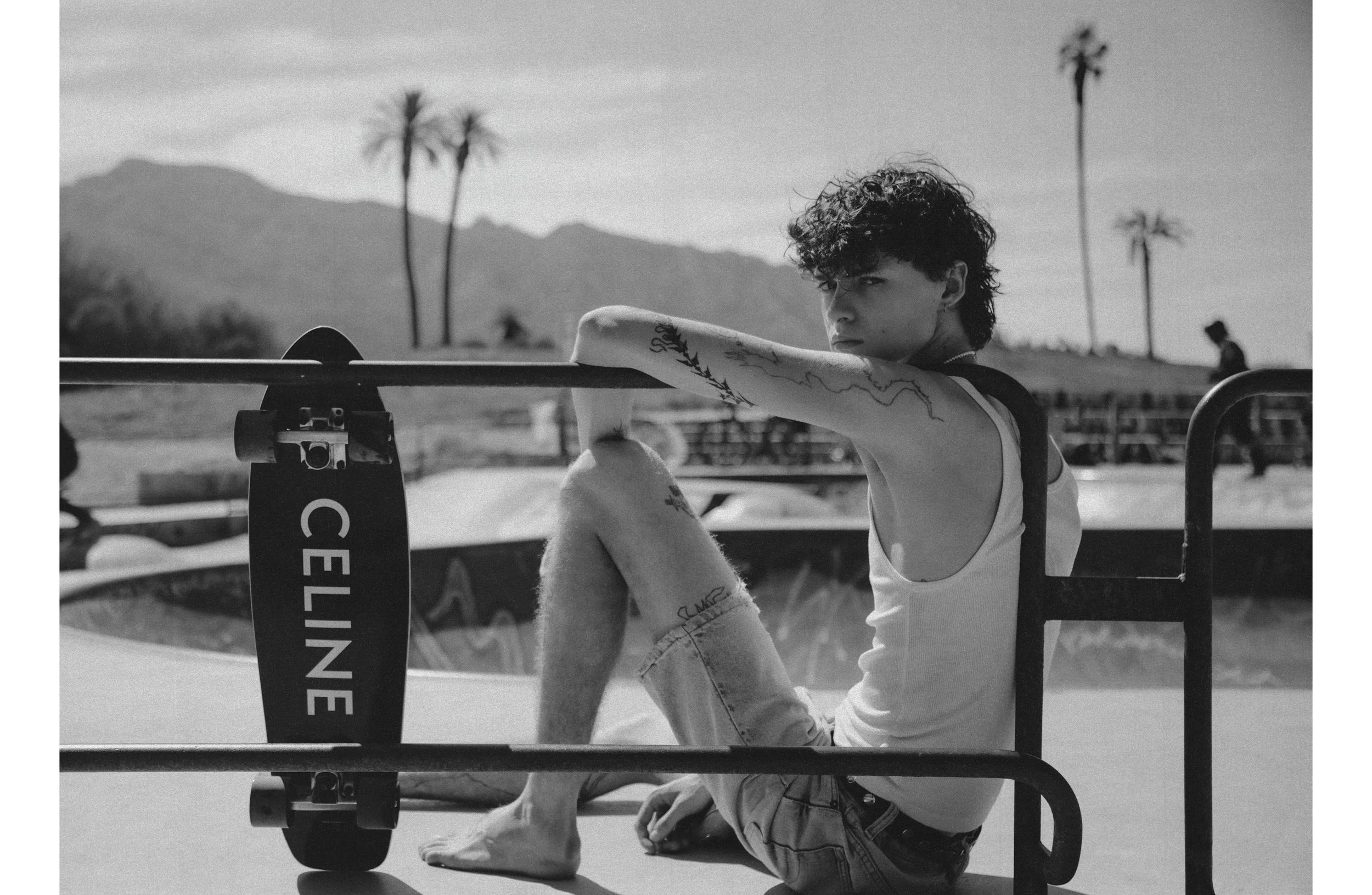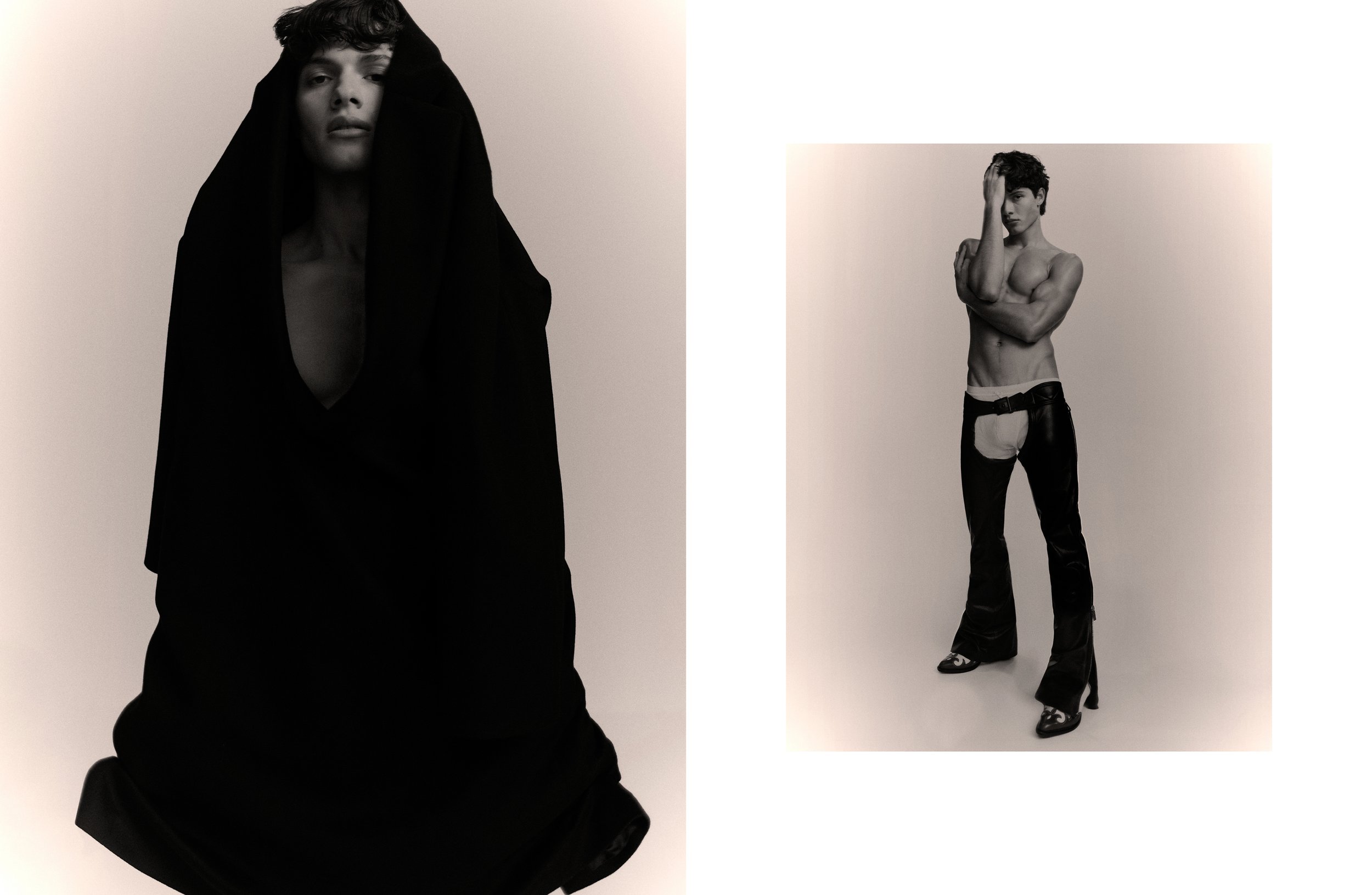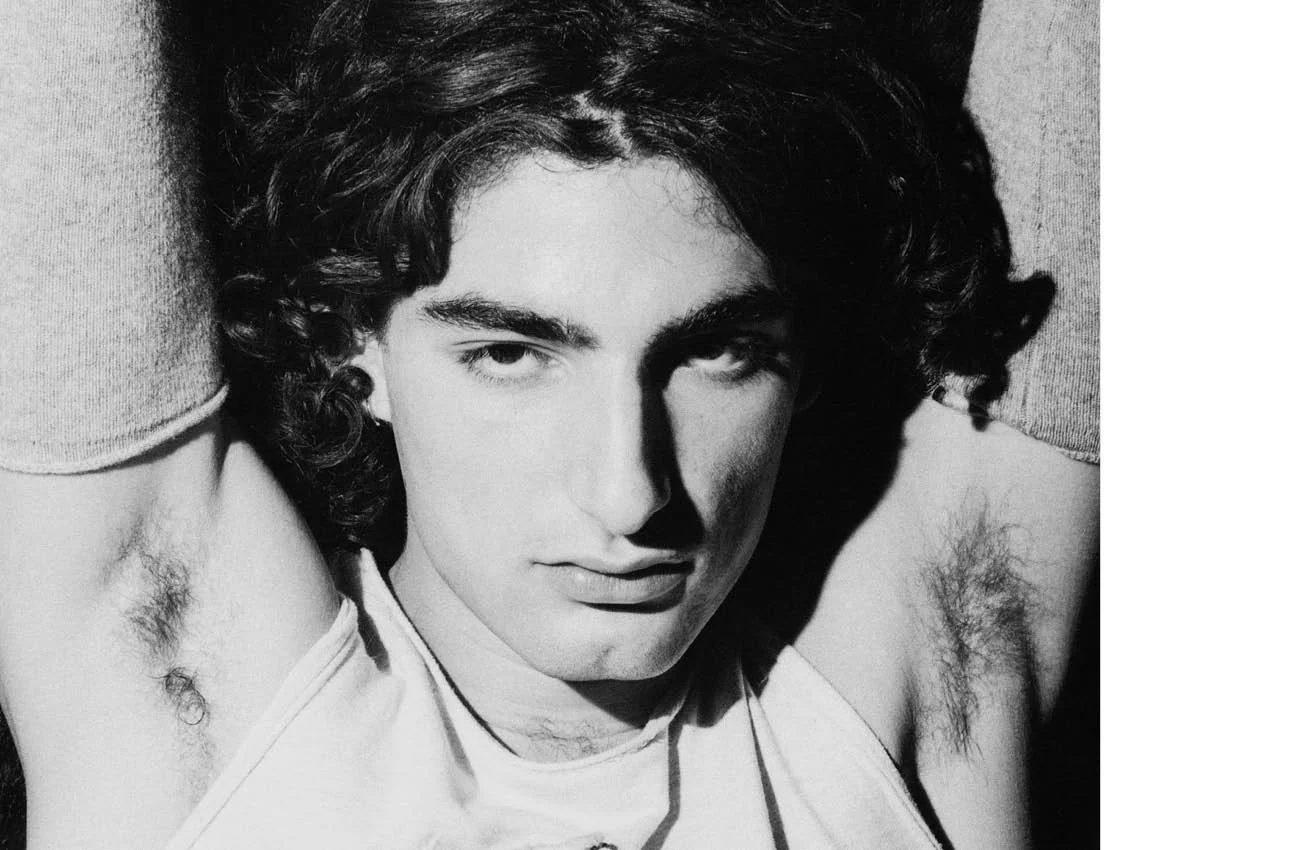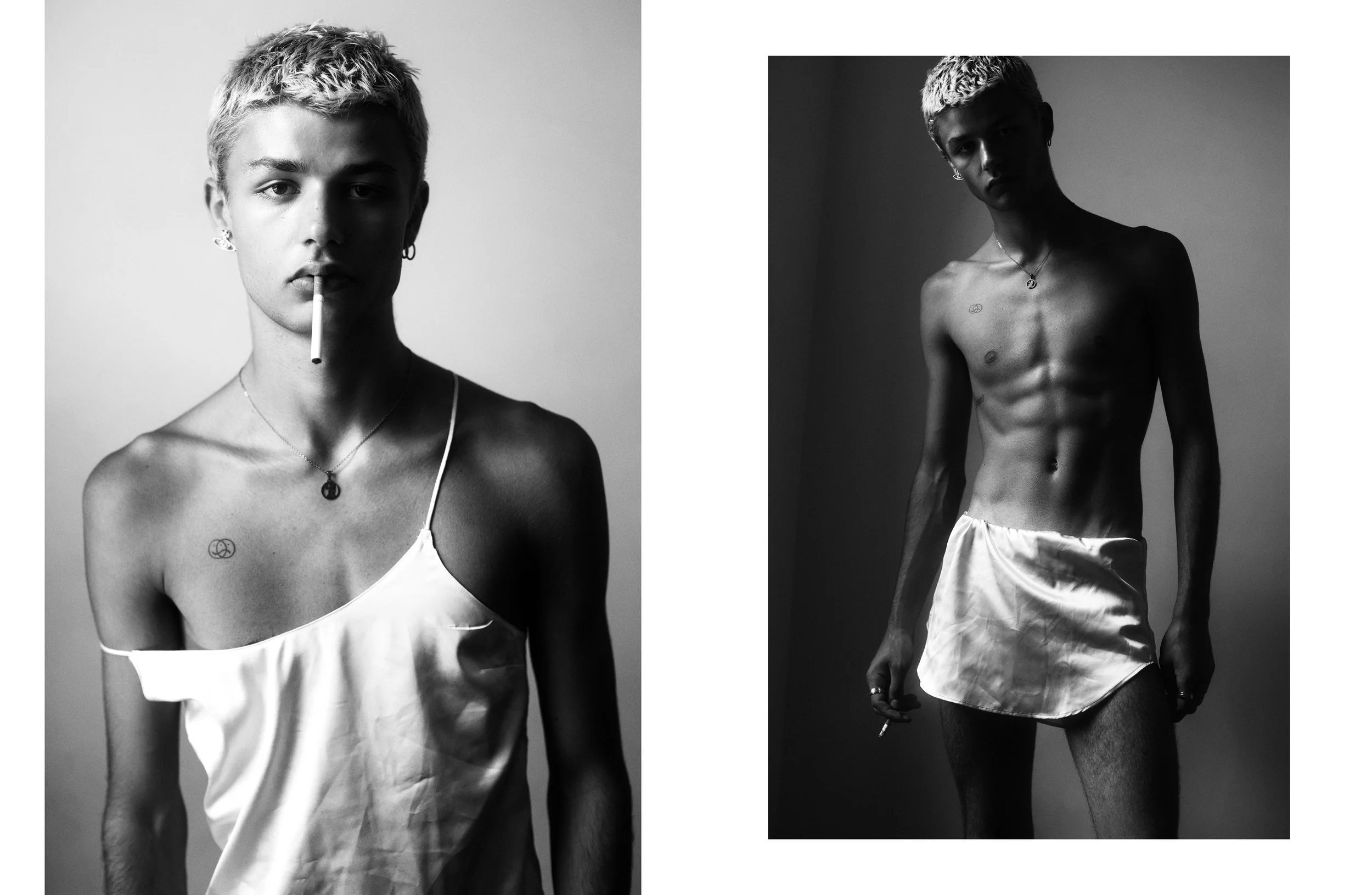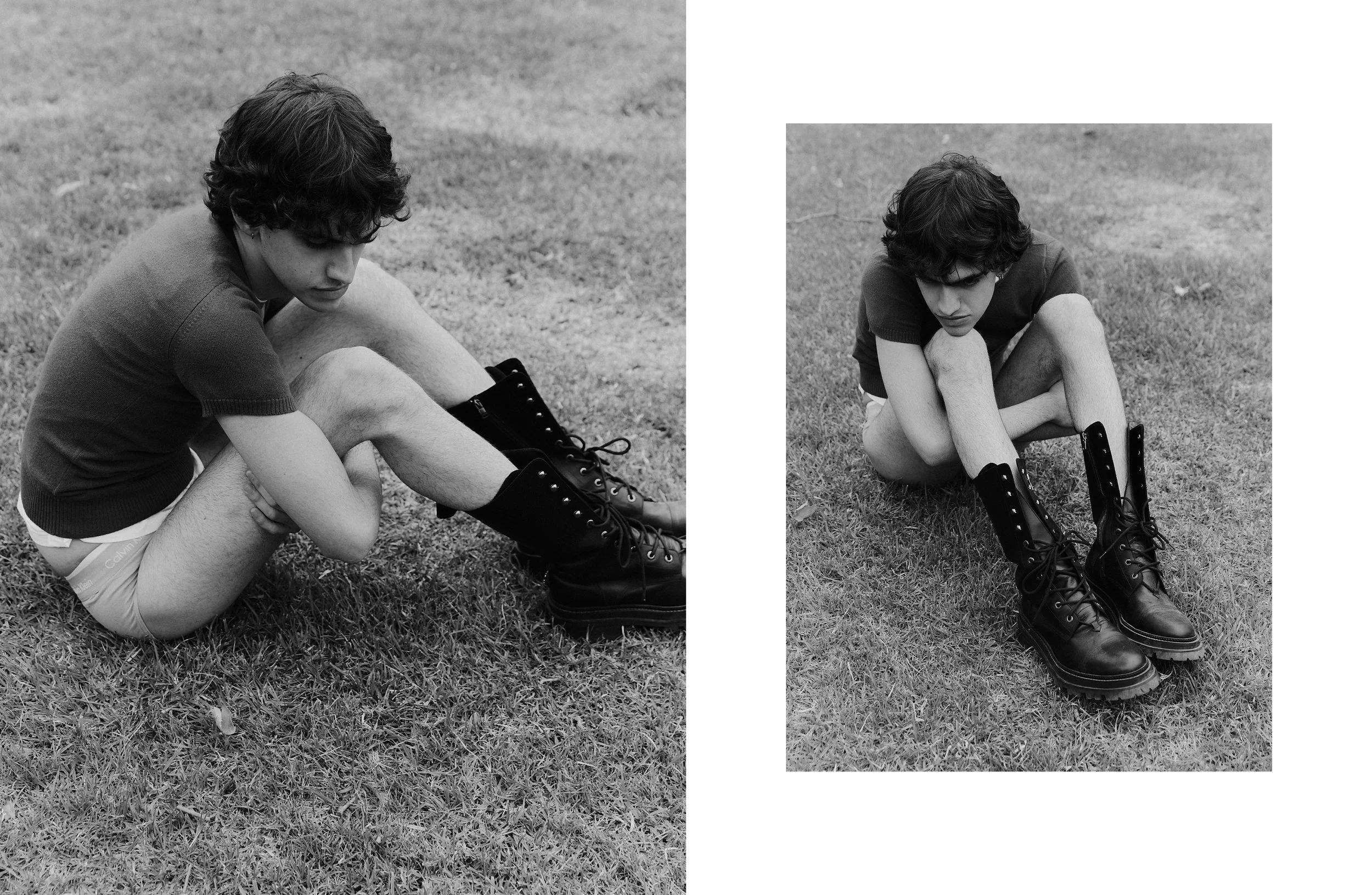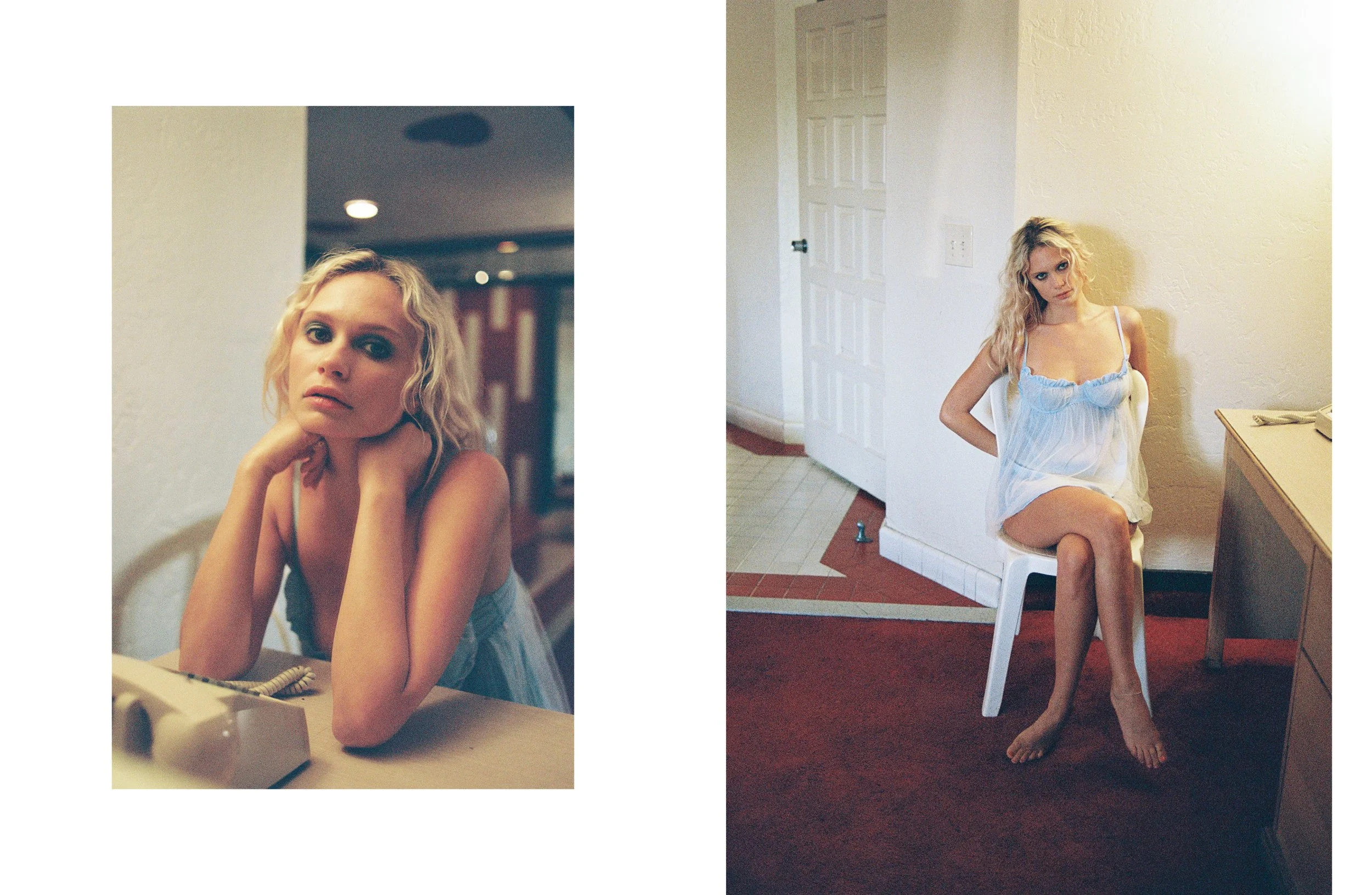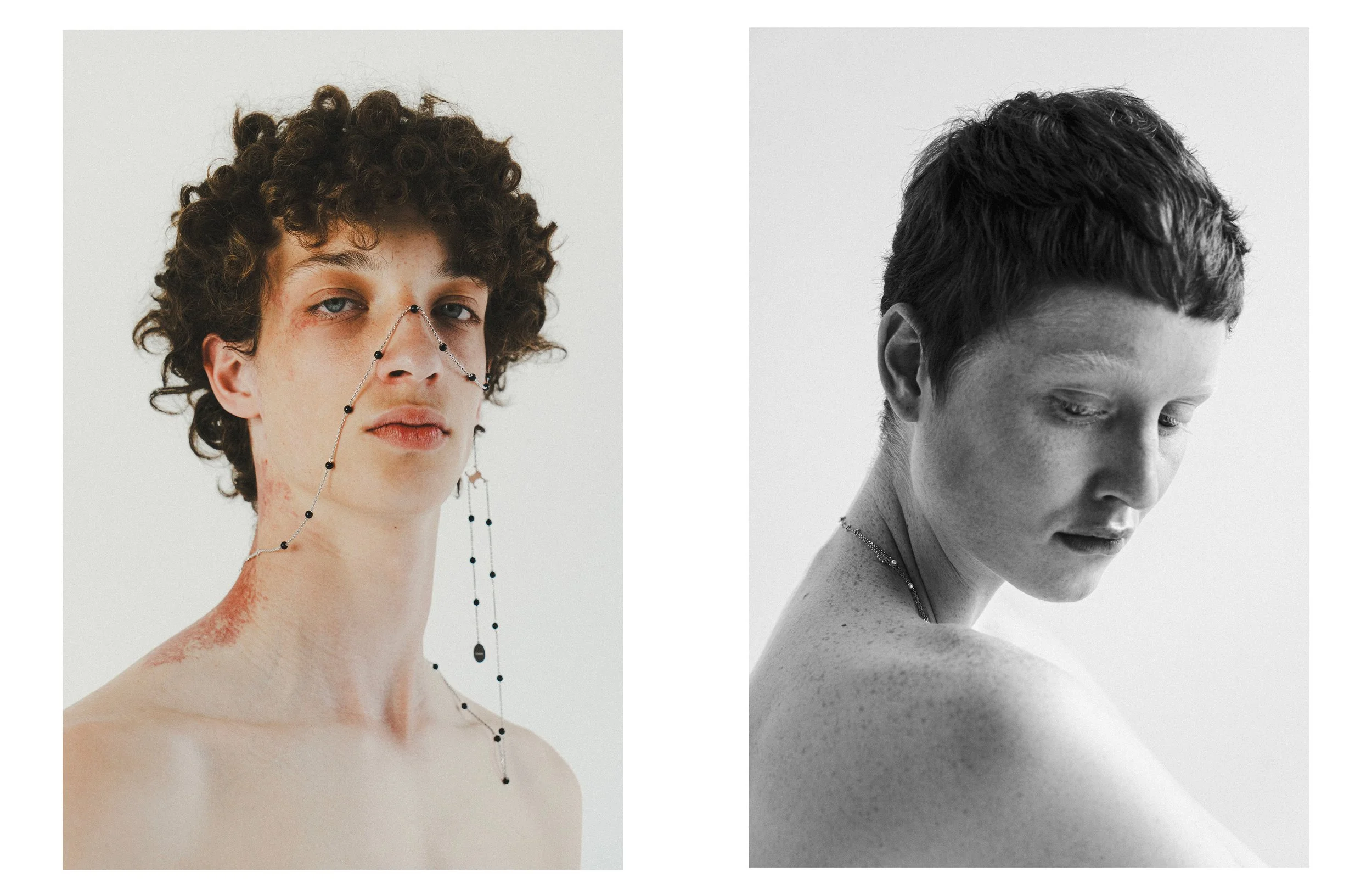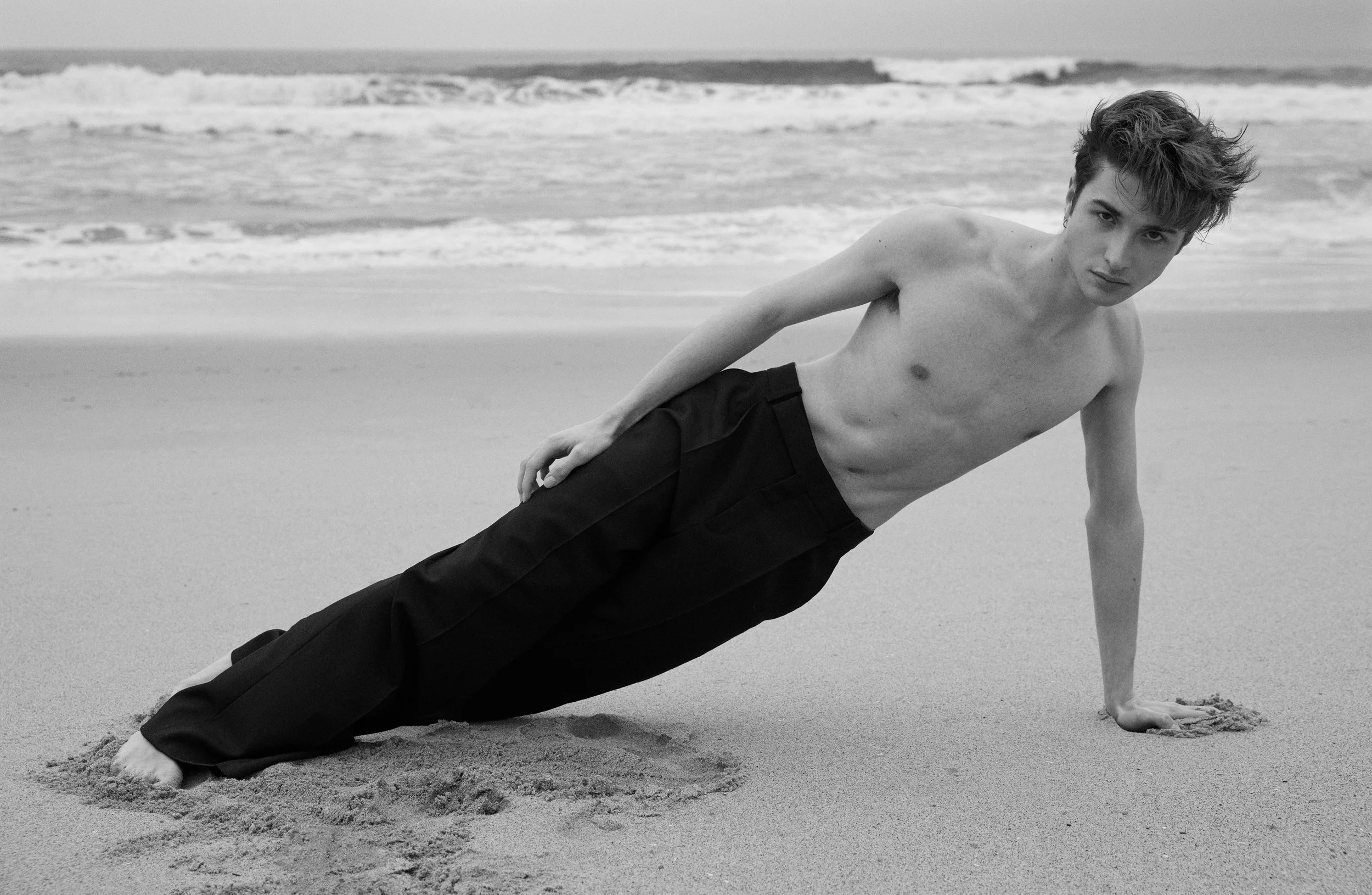Celebrating 30 years of Pitti Immagine -which came to life in 1989- the last edition of Pitti Uomo in Florence demonstrated its true leadership and strength within the menswear market, as well as a growing sense of relevance.
Established brands and newcomers presented their collections in Florence and the calendar was packed with alluring shows, cultural events and special areas within the fair, which drew thousands of visitors from all around the world. As Milan Menswear Week keeps shrinking -and key brands such as Prada decide to show their work abroad- Pitti Uomo has become Italy’s most exciting and innovative menswear event, operating unexpected crossroads between fashion and other disciplines.
This year, major brands did runway shows in Florence, using some of the city’s most unique locations. The French House of Givenchy was Pitti’s special guest this season and Clare Waight Keller got the opportunity to showcase her full menswear line for the very first time. Salvatore Ferragamo also presented their new collection in Florence, embracing a deluxe and minimalist approach that felt right and relevant. MSGM celebrated its 10th anniversary with an upbeat runway show and it was great to see that Massimo Giorgetti hasn’t lost any of his acute fashion sense. The collections that were the most successful were also the most personal and American artist Sterling Ruby’s debut show was a standout statement, which felt raw, free and uncompromising. Naming his line “S.R. Studio. LA. CA.”, Ruby showed pieces for men and women that were instant collector’s items, from one of a kind garments to more commercial offerings. Fusing vibrant colors and customized textiles with bold volumes and inspiring references, Ruby proved that an outsider’s point of view can have a real impact within fashion circles and it wasn’t a surprise that both Raf Simons and Virgil Abloh attended his show.
On the fair front, a similar desire to create new crossroads and fruitful exchanges could be felt. Operating the right mix between heritage brands, sportswear lines and handcrafted accessories is something the organizers of the fair know how to do perfectly and this edition really had something for everyone. Visiting the underground space dedicated to China’s new menswear brands emphasized the ongoing growth of that segment within a market eager for novelty and distinctive points of view. Olivier Saillard’s retrospective menswear exhibition at Palazzo Pitti -entitled “Romanzo Breve di Moda Maschile”- made it clear that plurality has been a driving force in menswear since the late 1980s. The modern man no longer needs clothing as a protective armor or social signifier since fashion has become a thriving field of multiple identities and self-expression. This 96th edition of the fair was indeed the moment where this dimension of fashion could precisely come to life.
…
/ Words by Philippe Pourhashemi /
/ MSGM picture by Vanni Bassetti /
